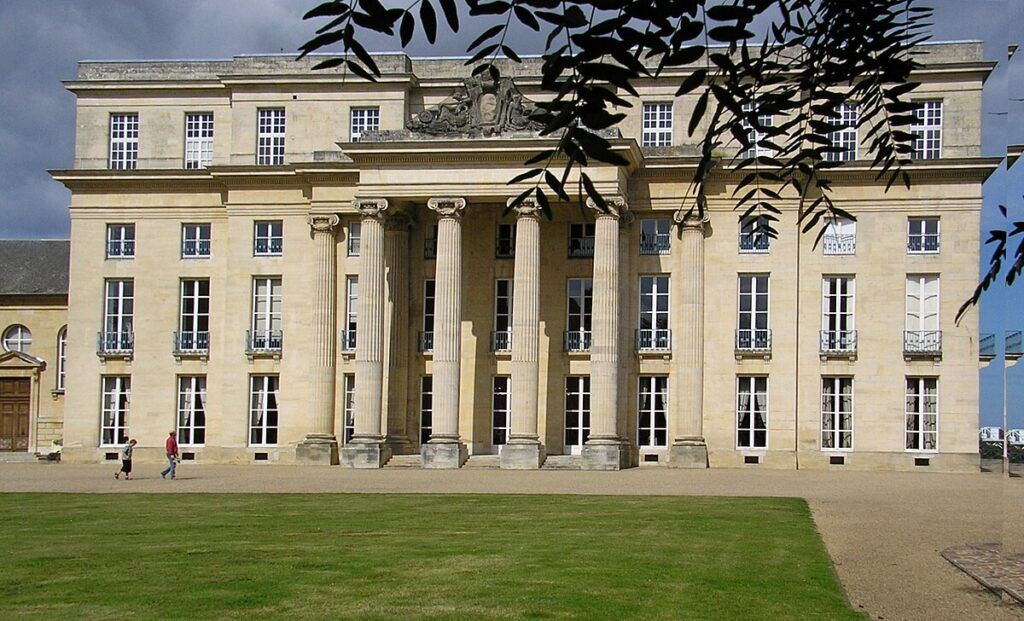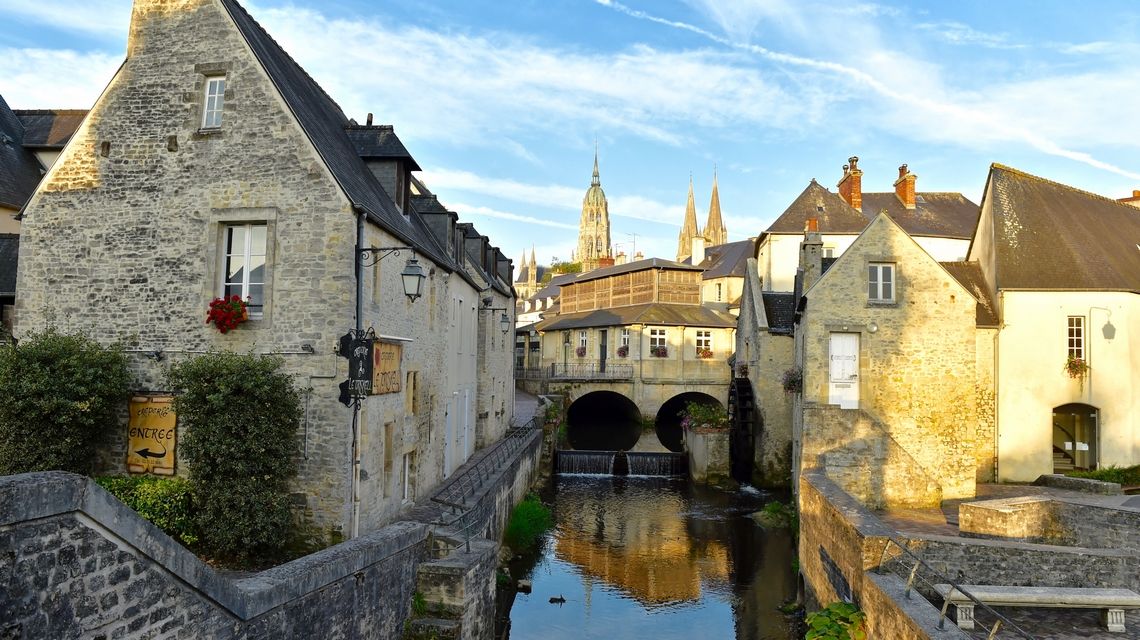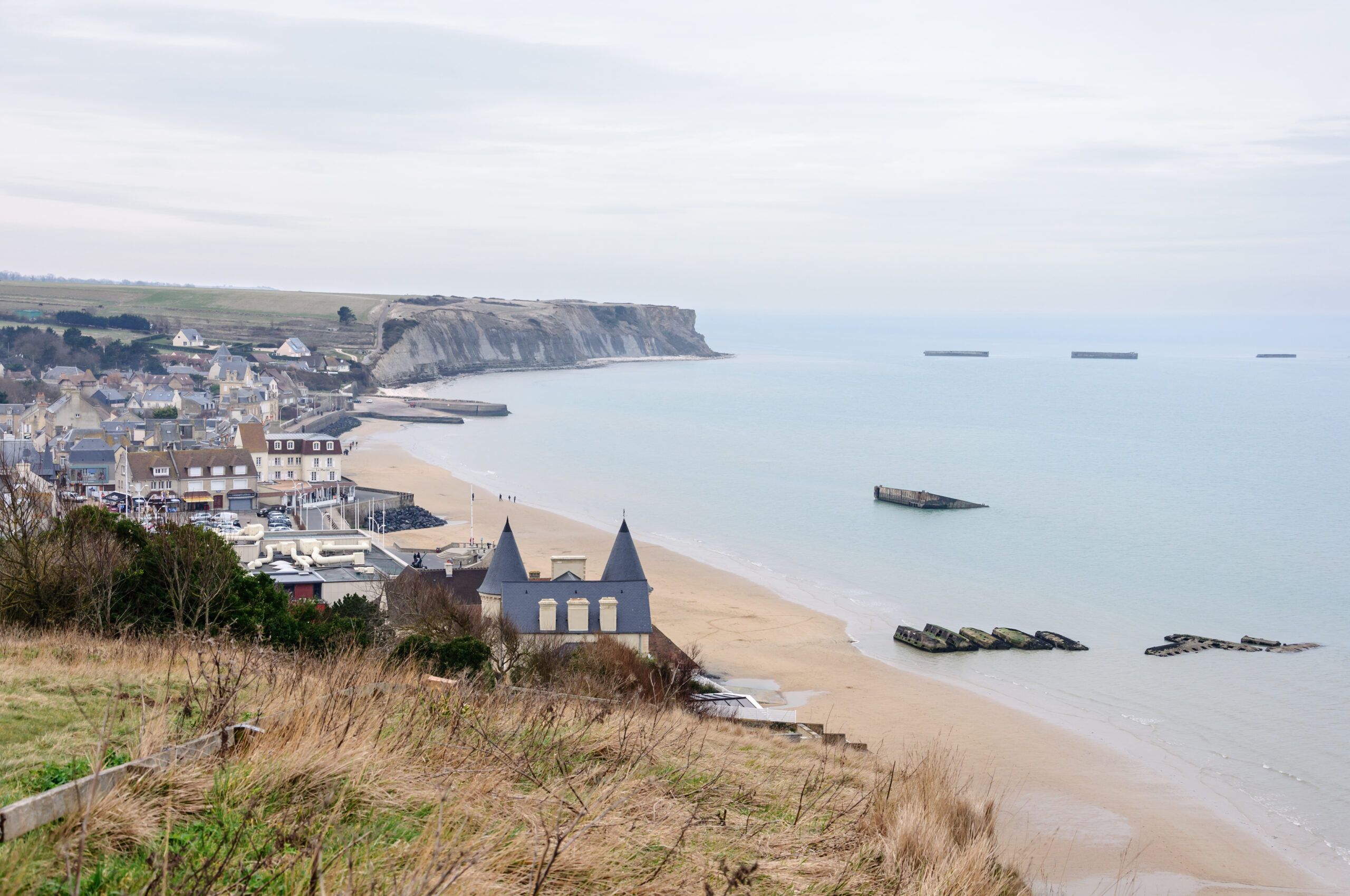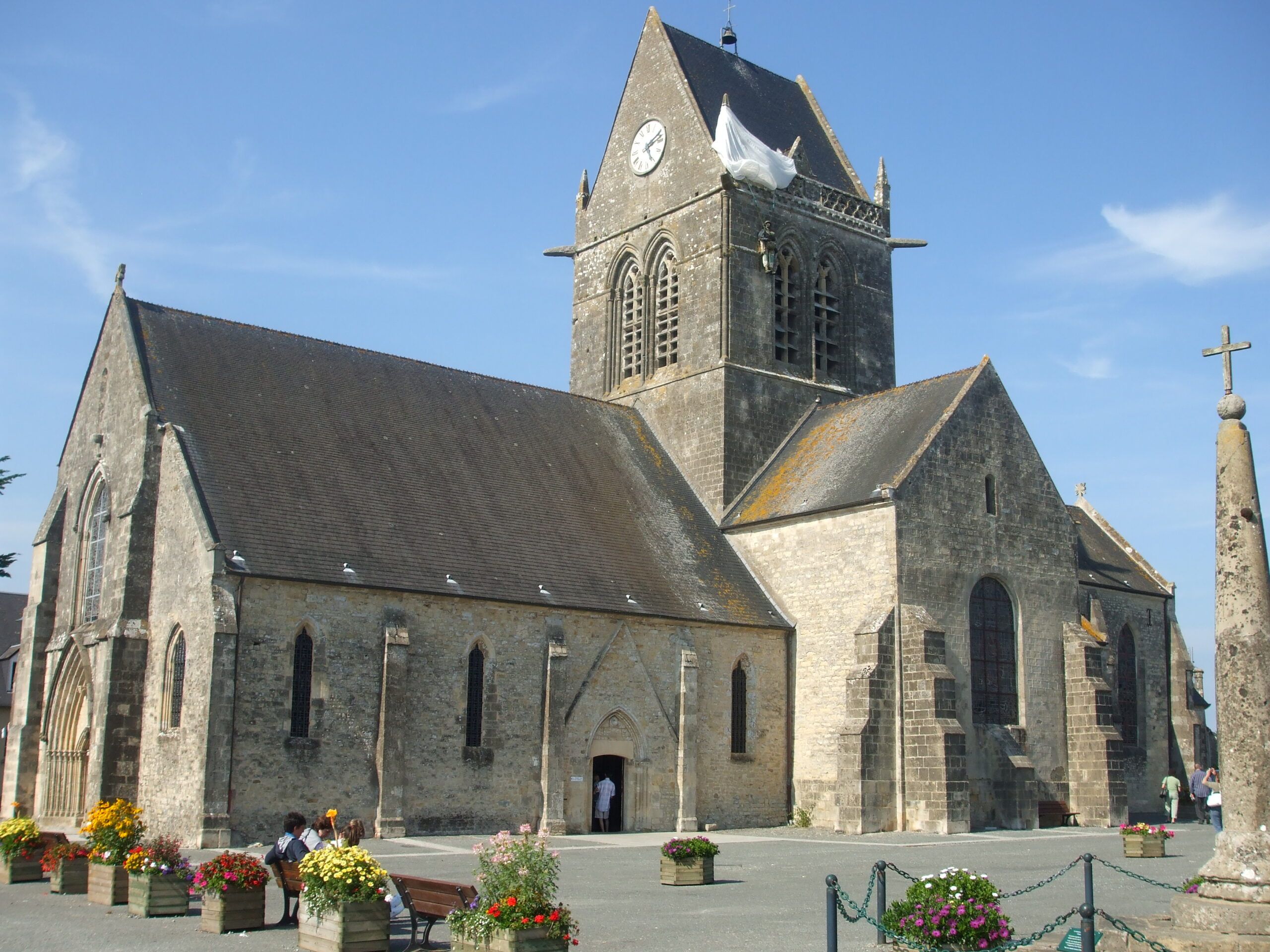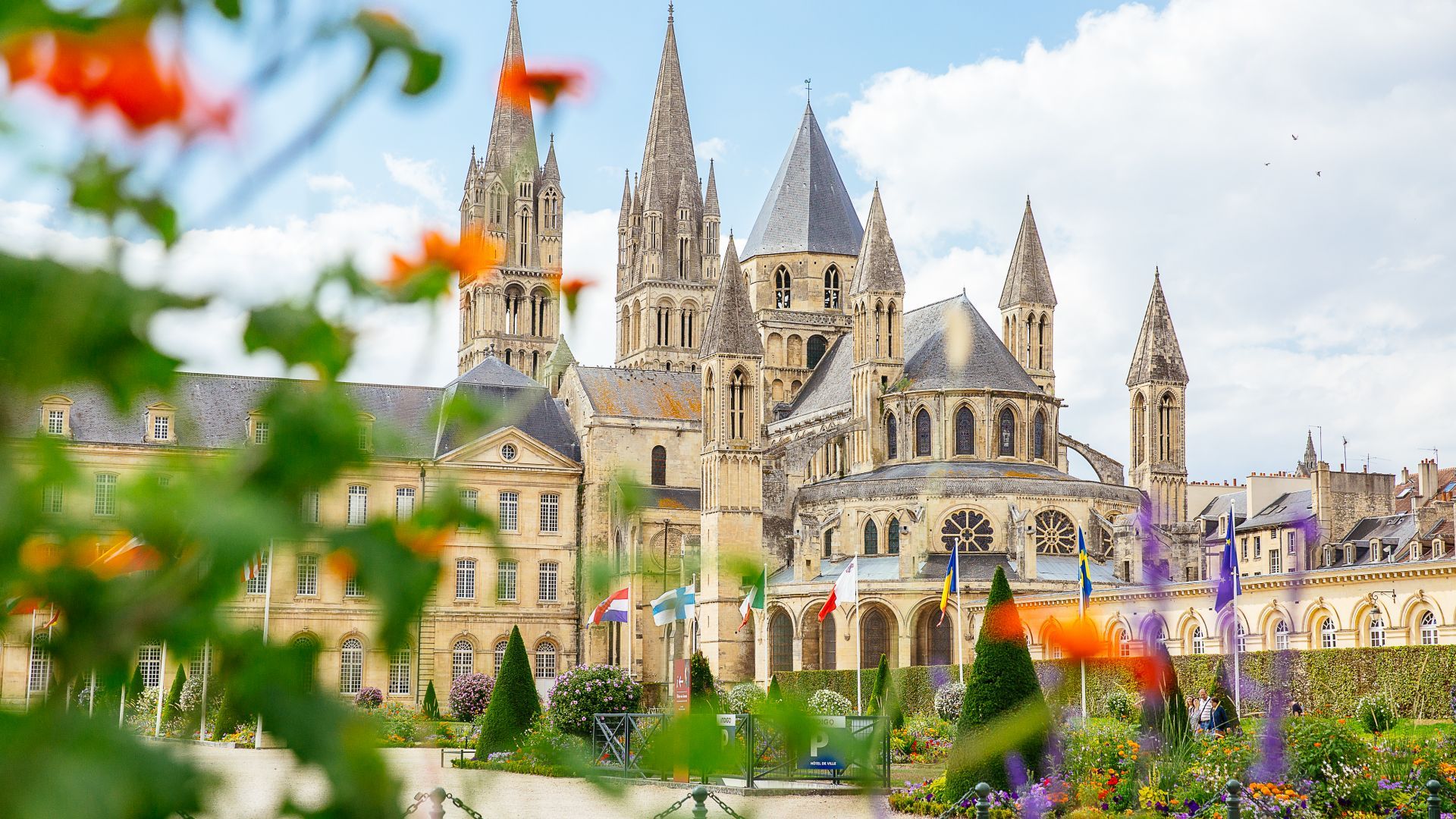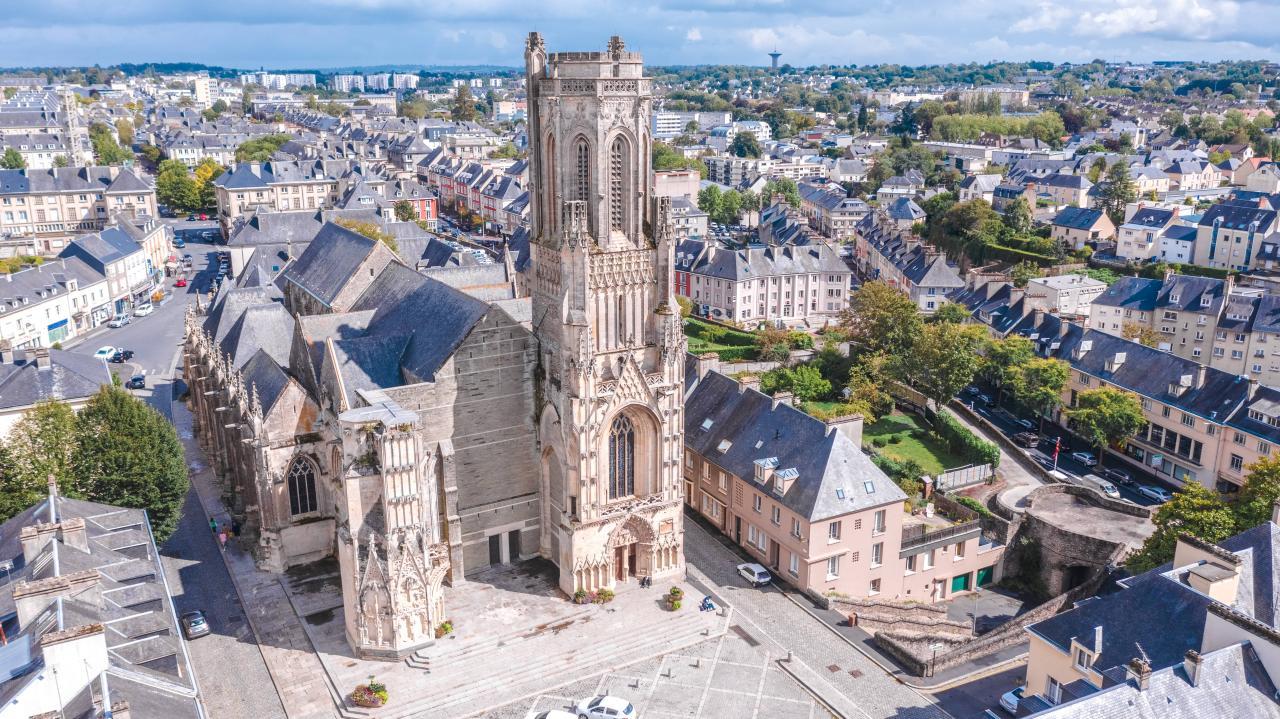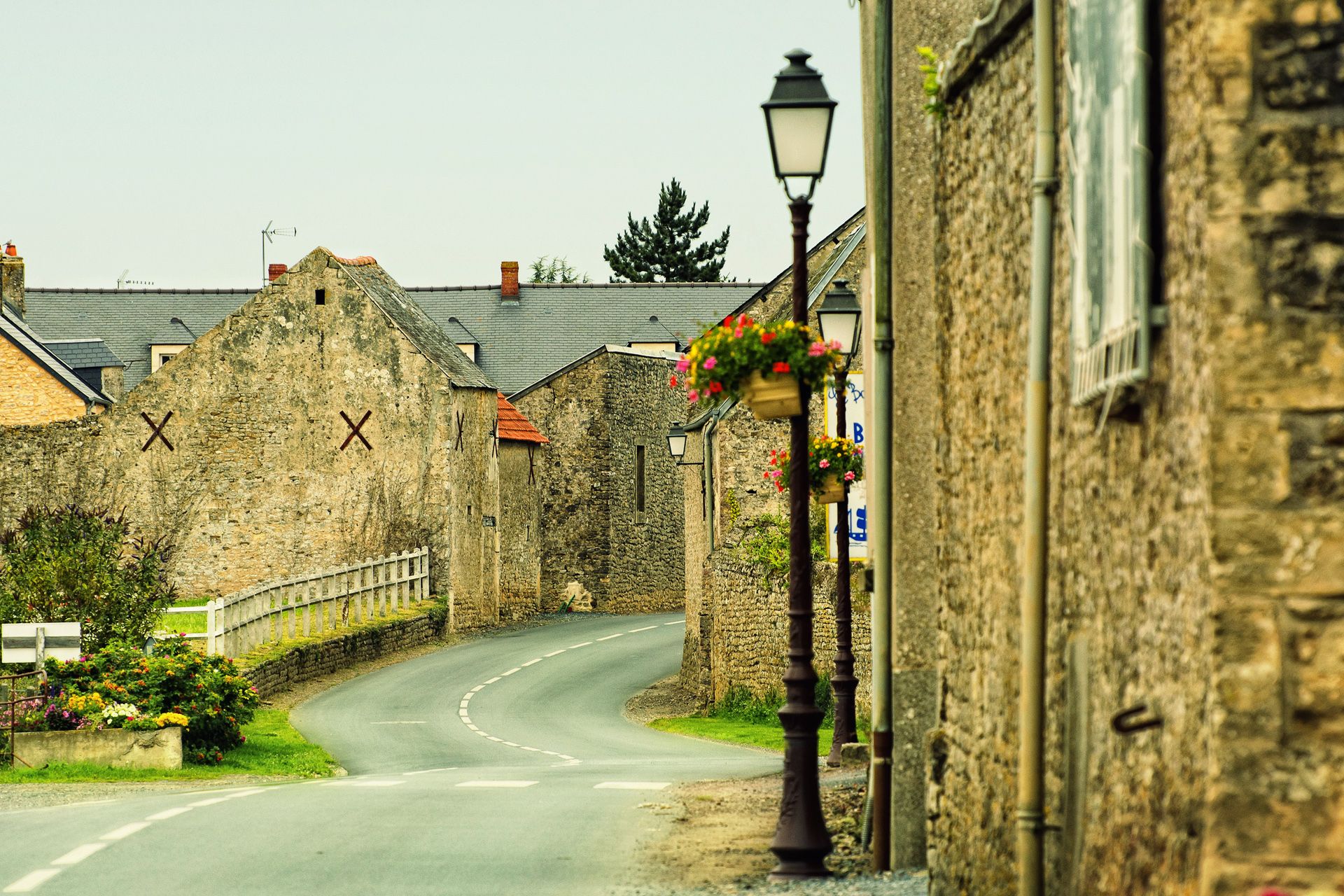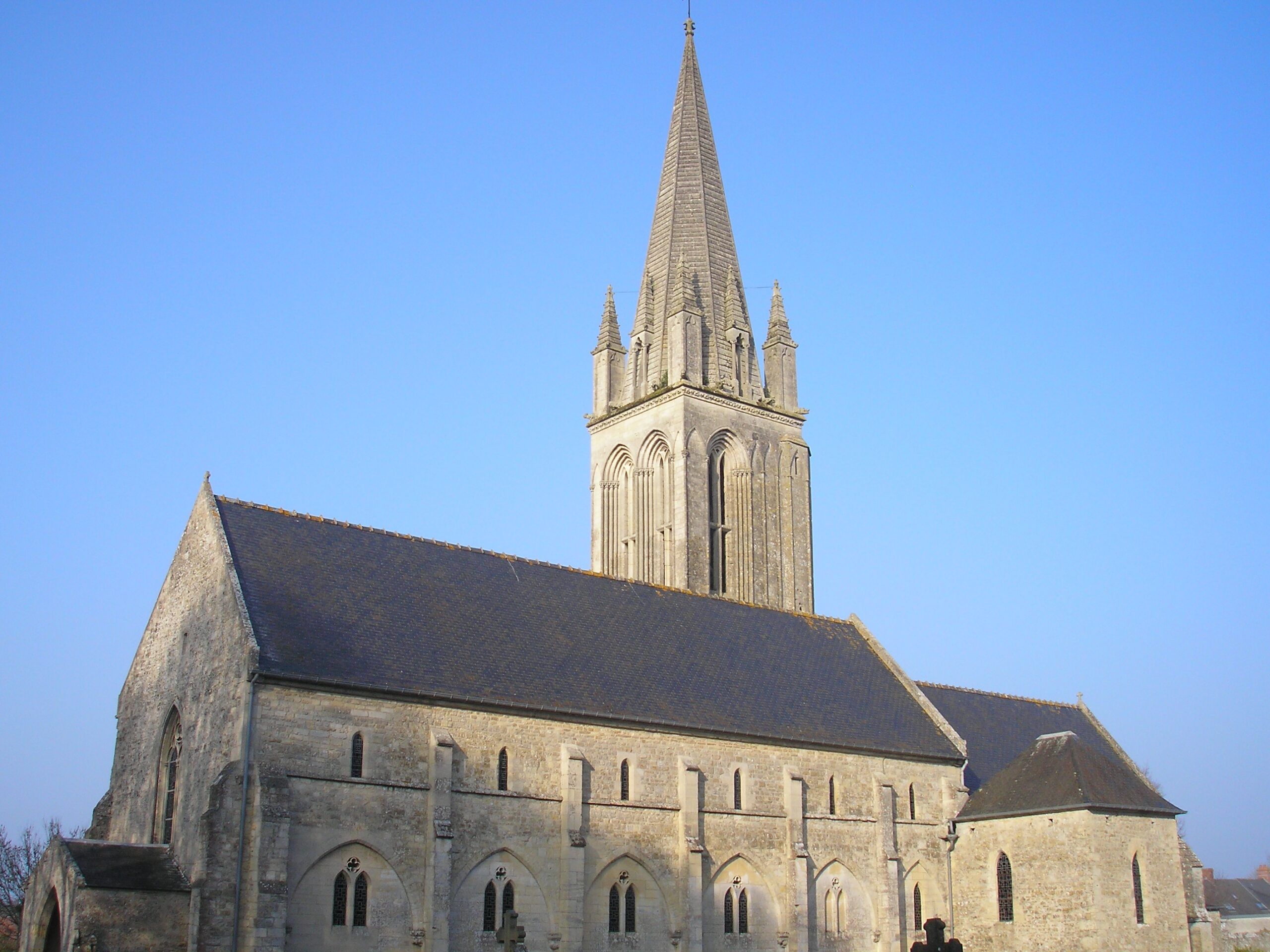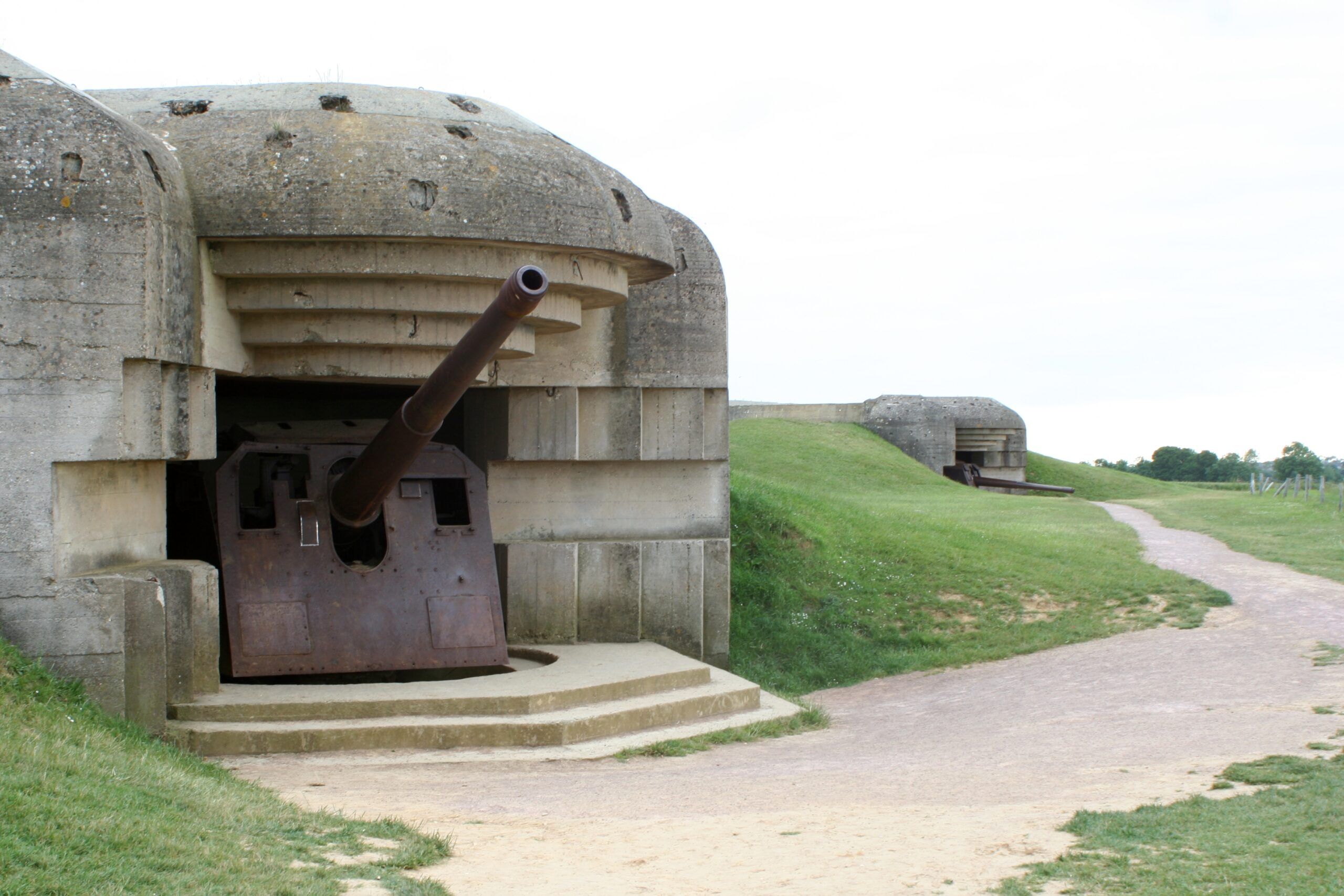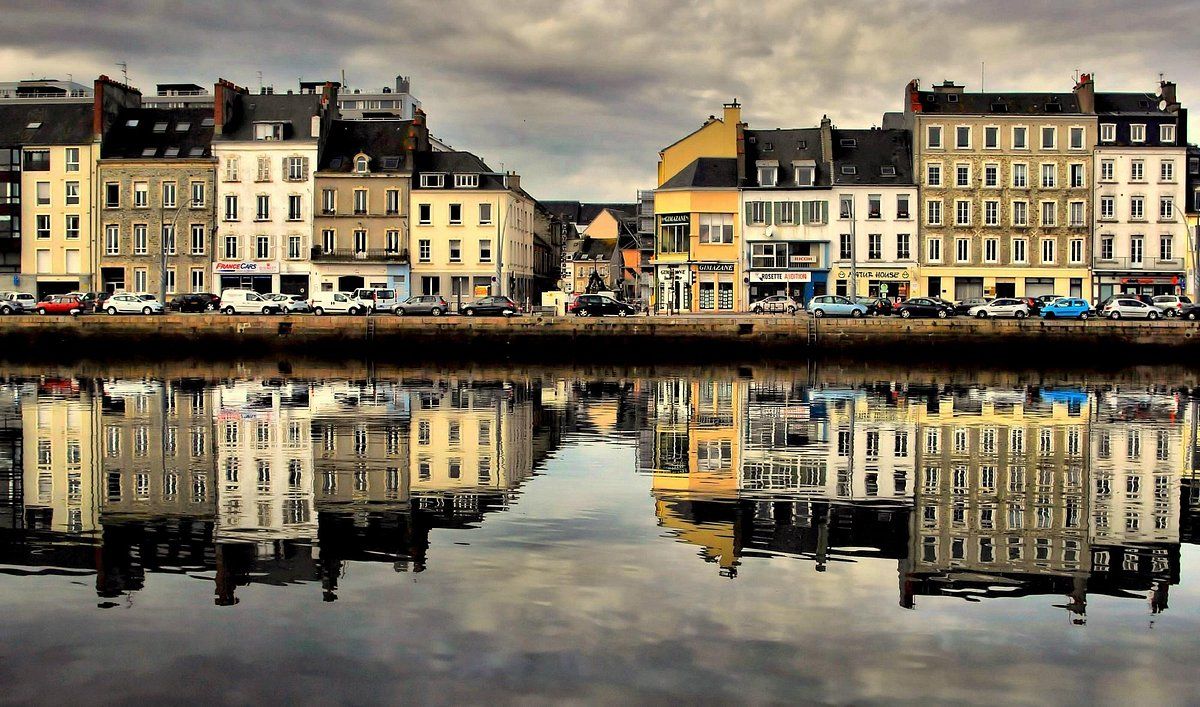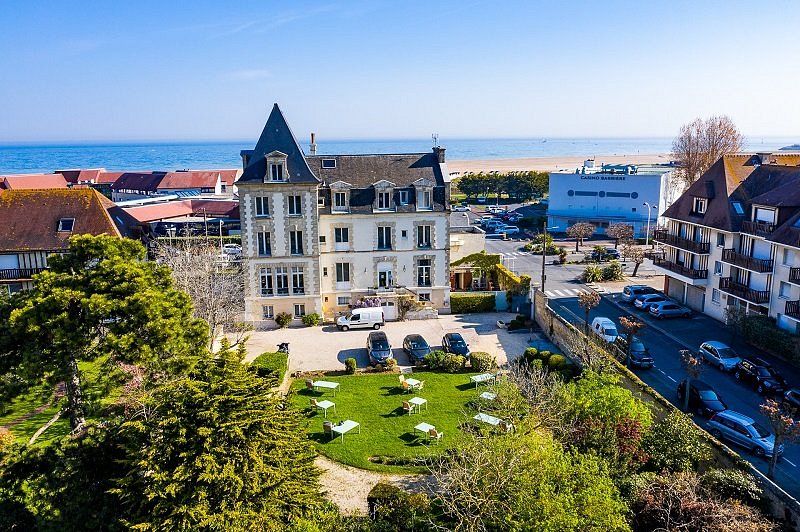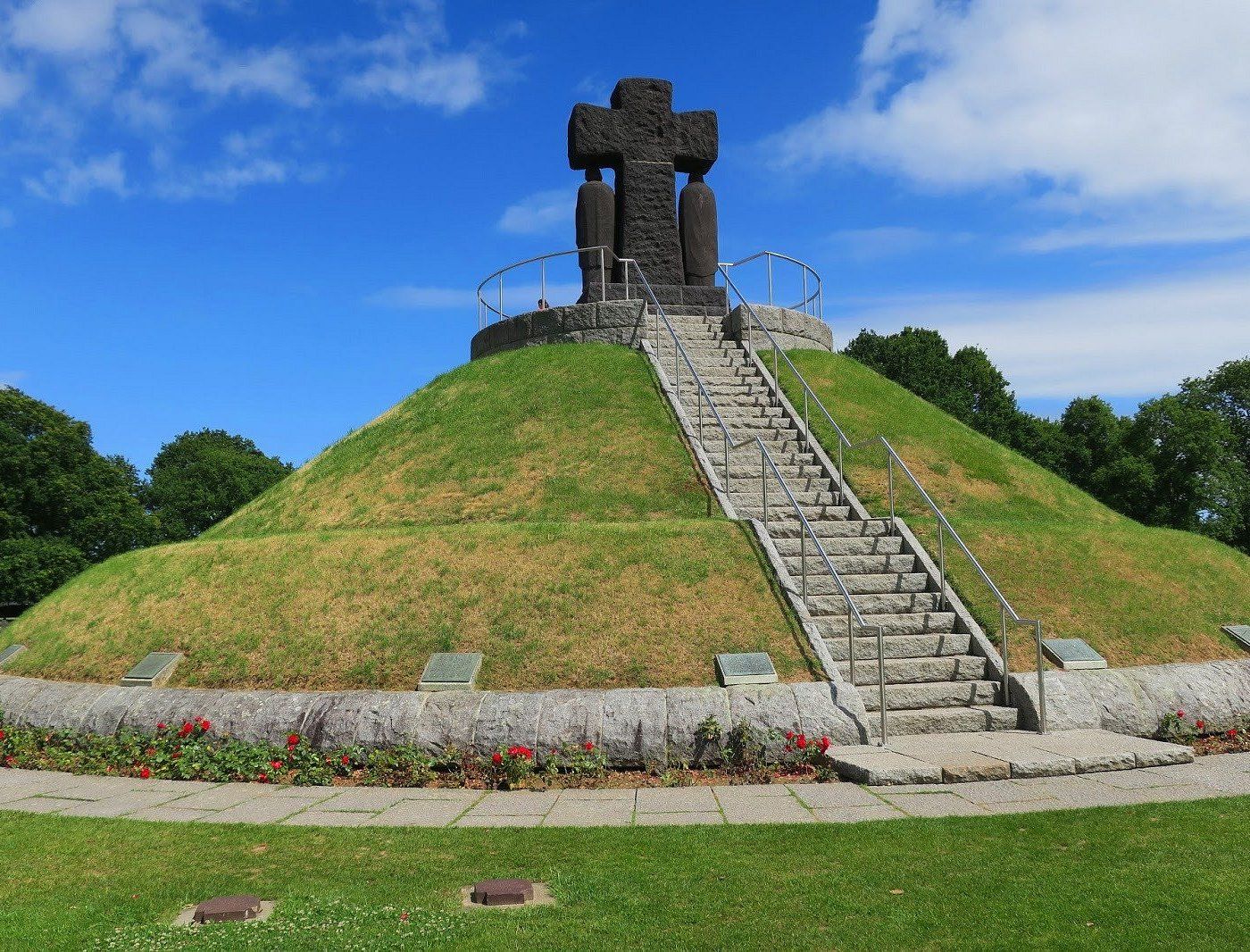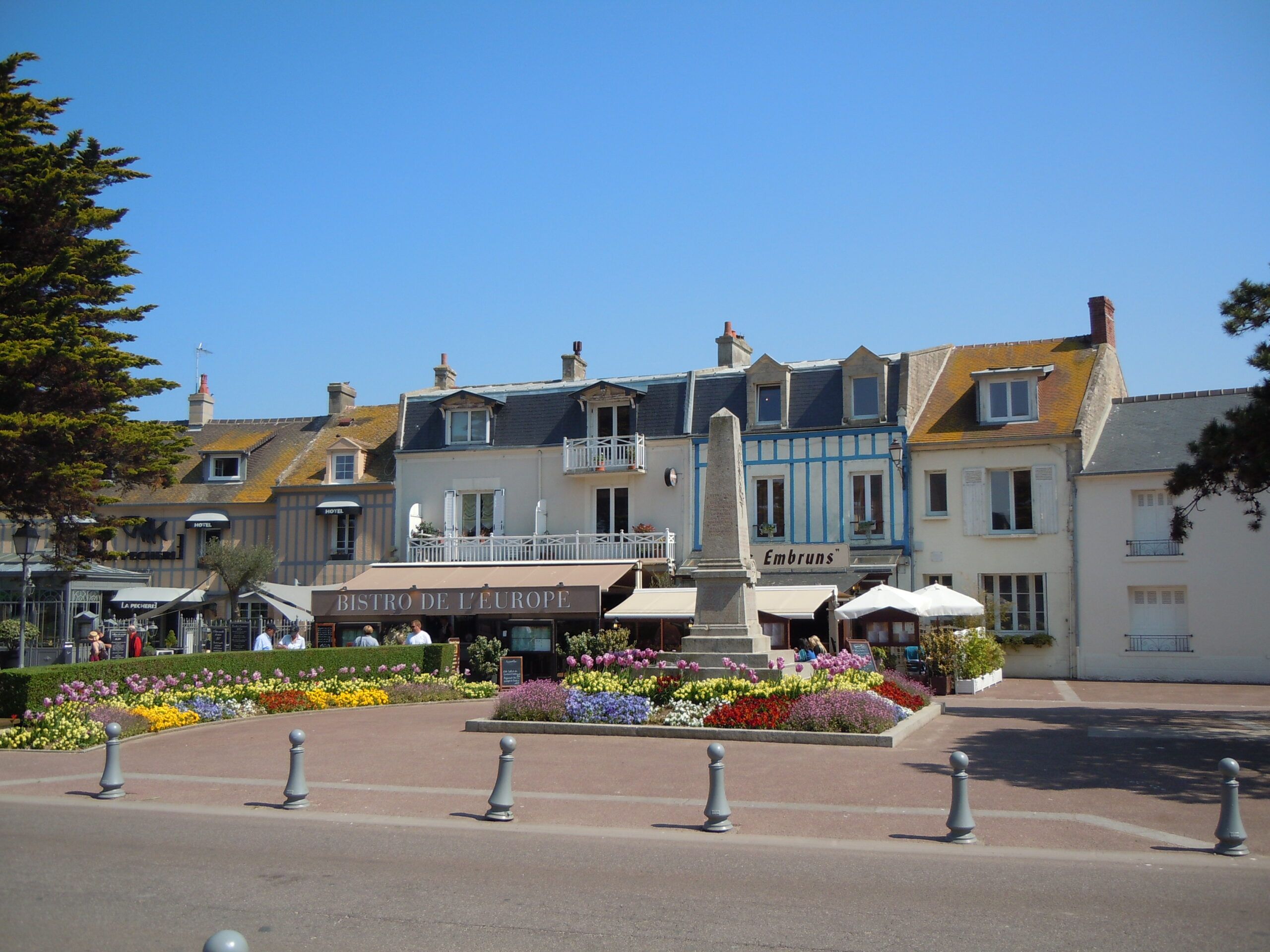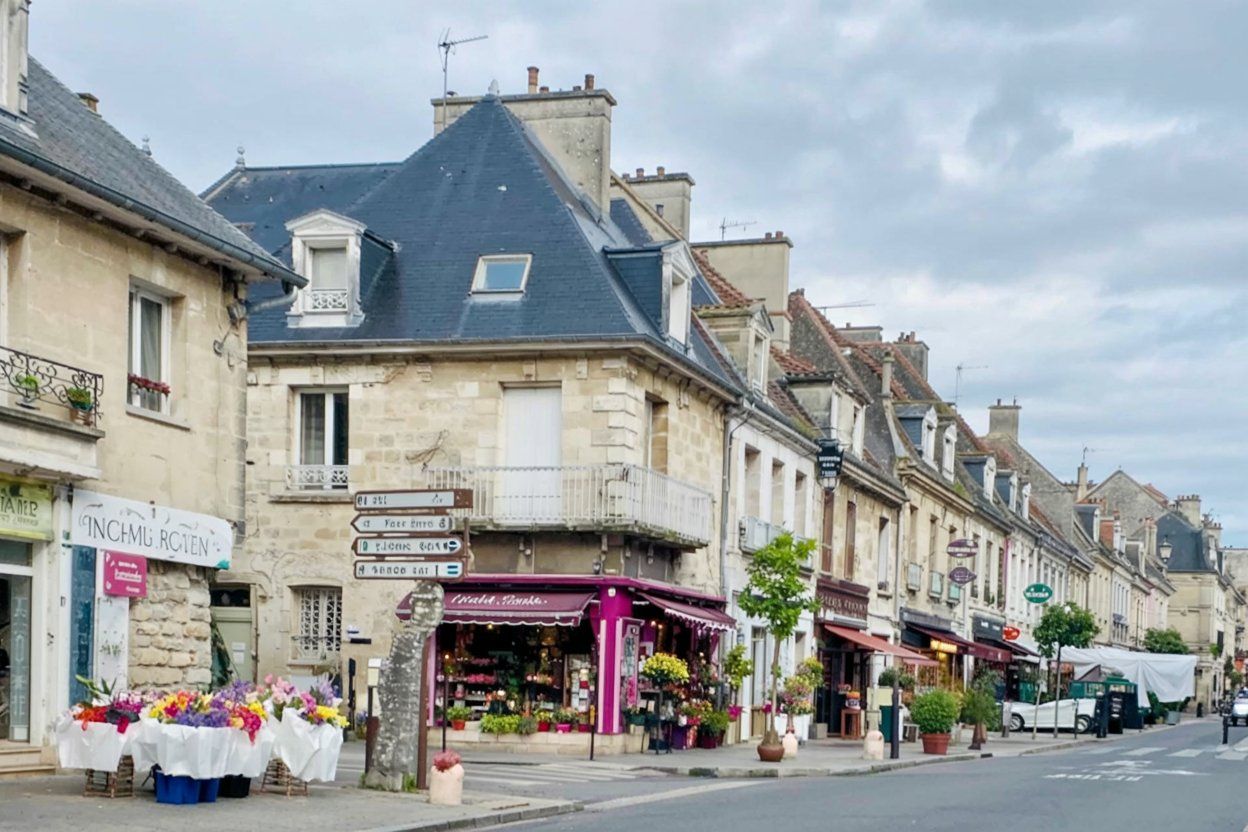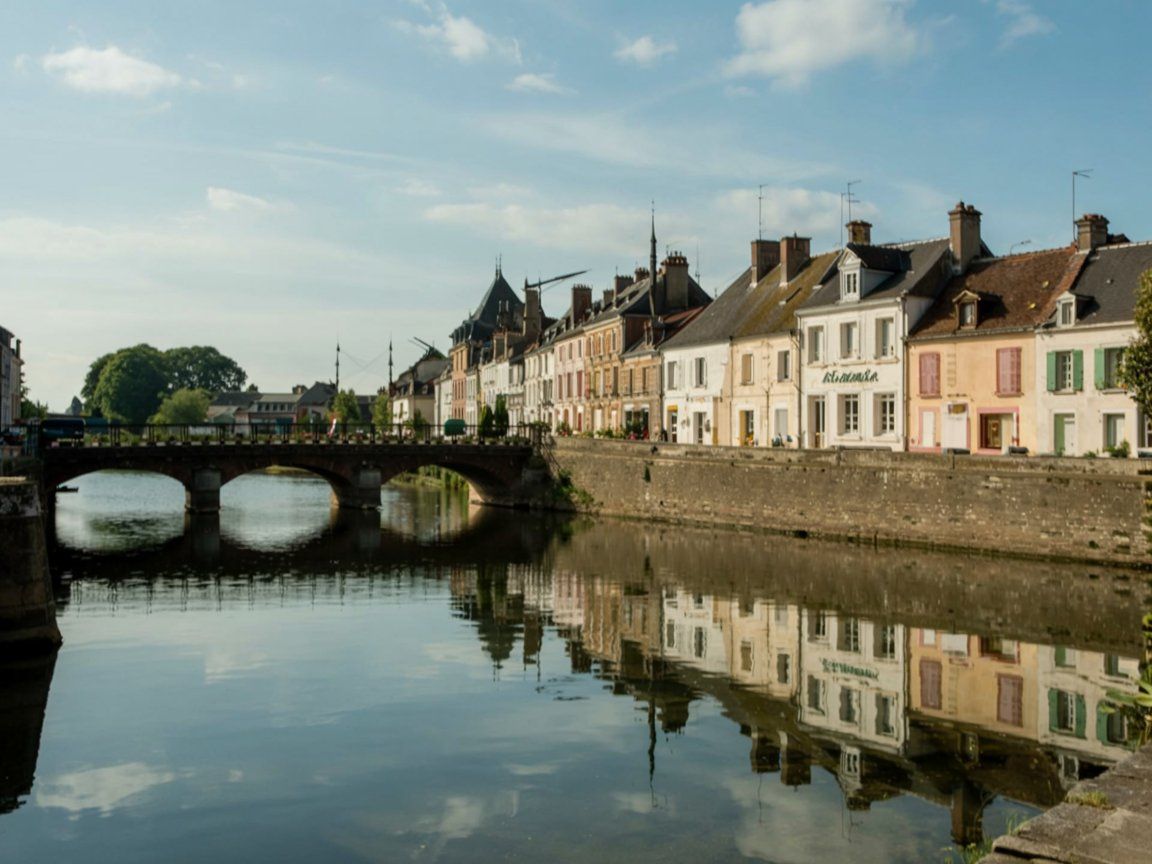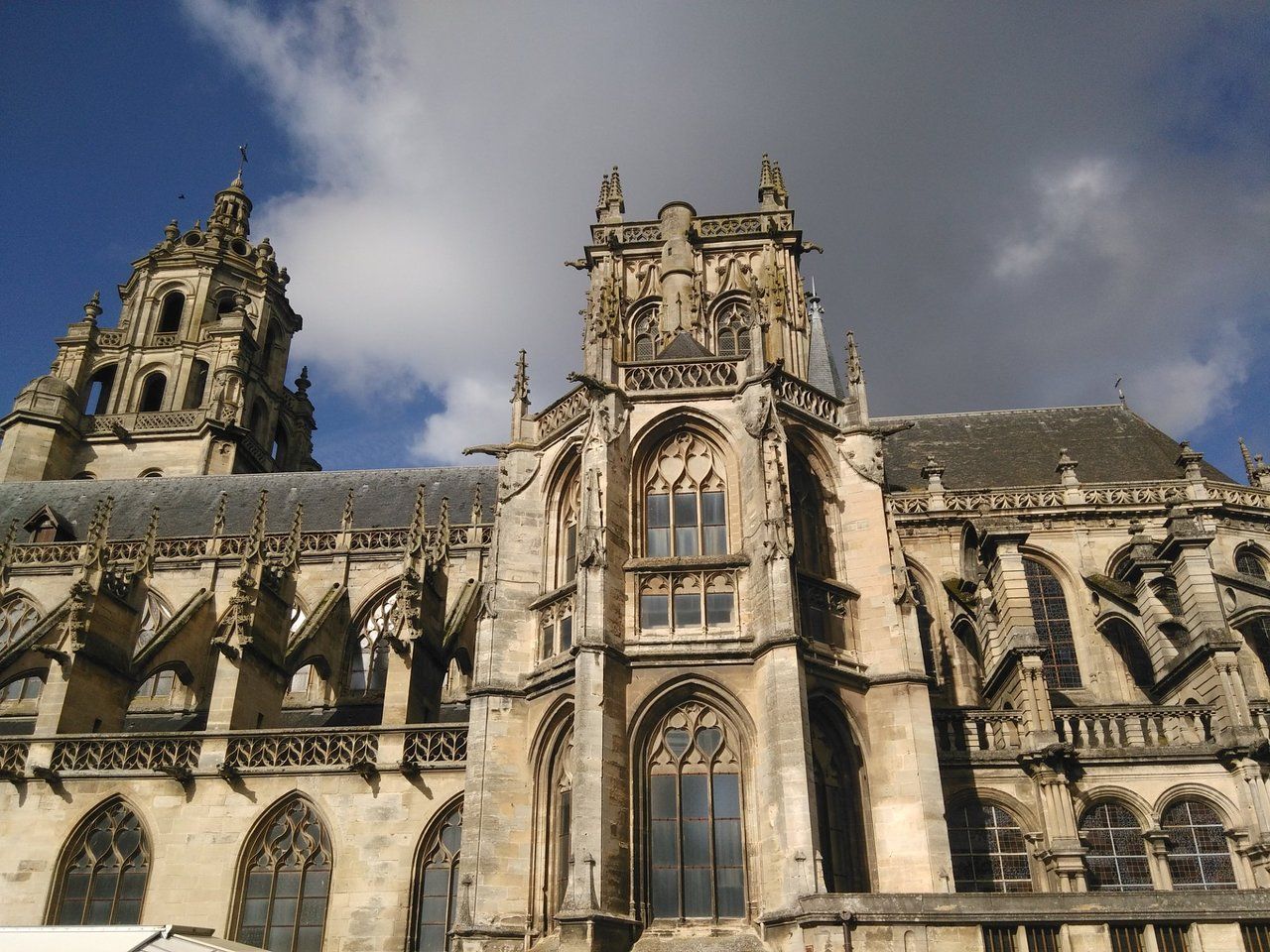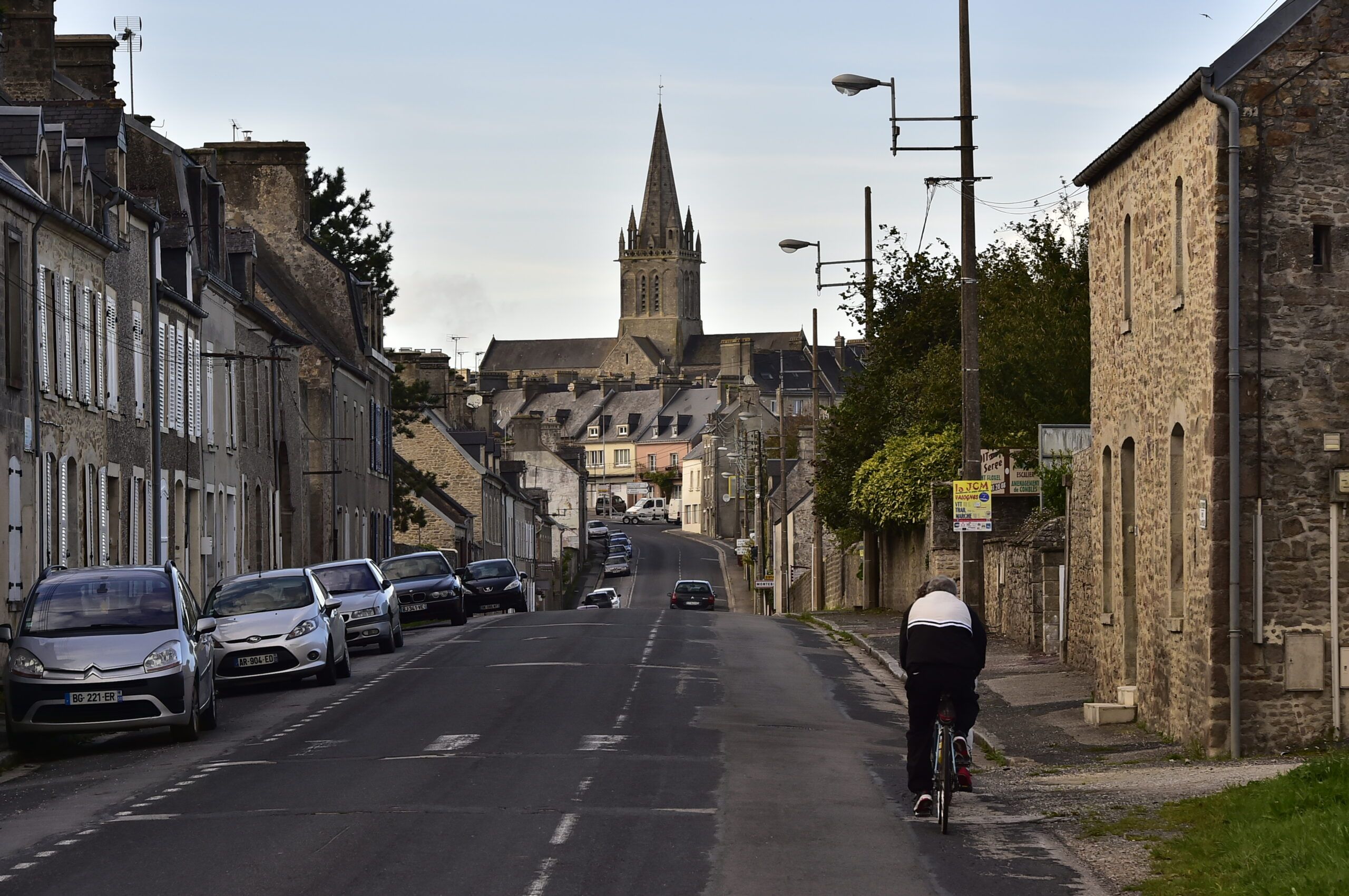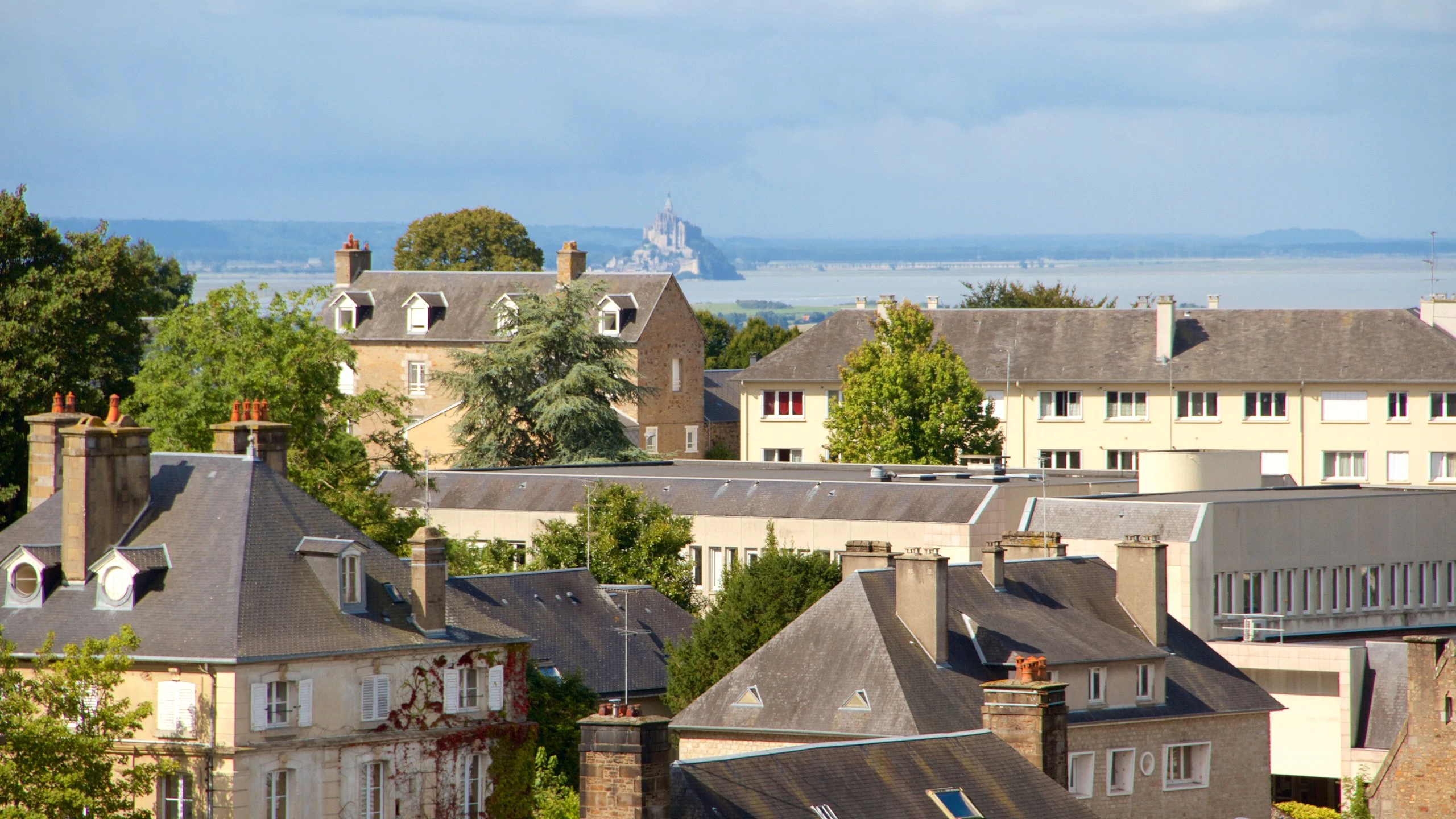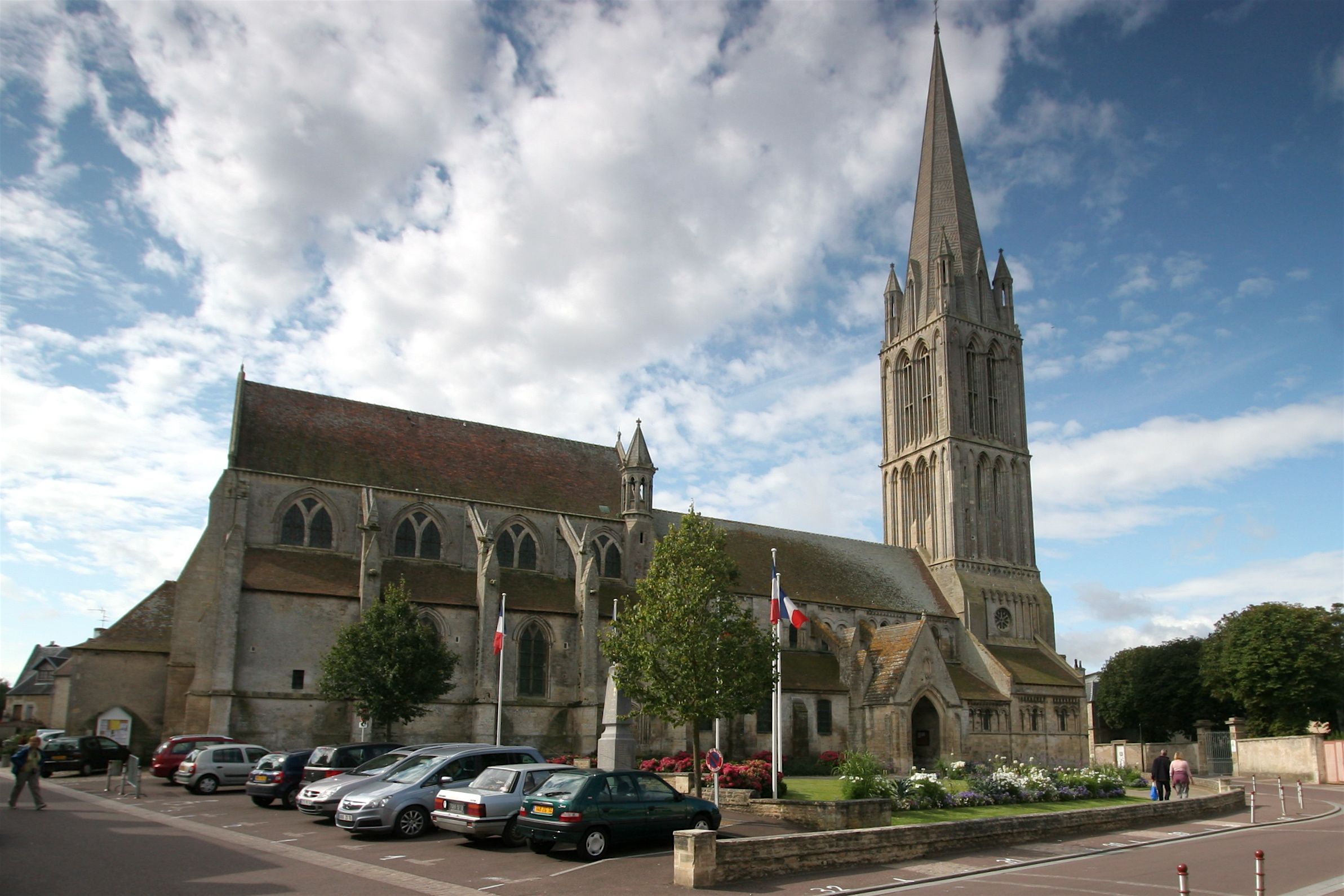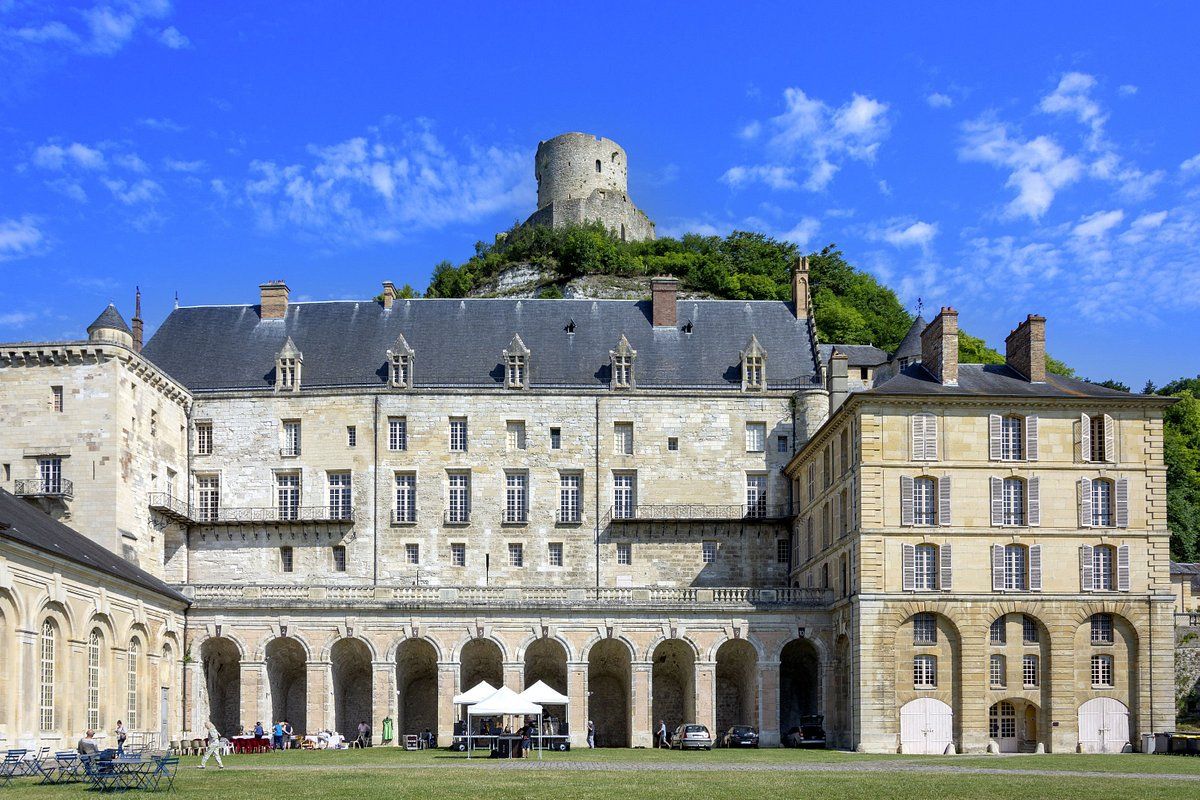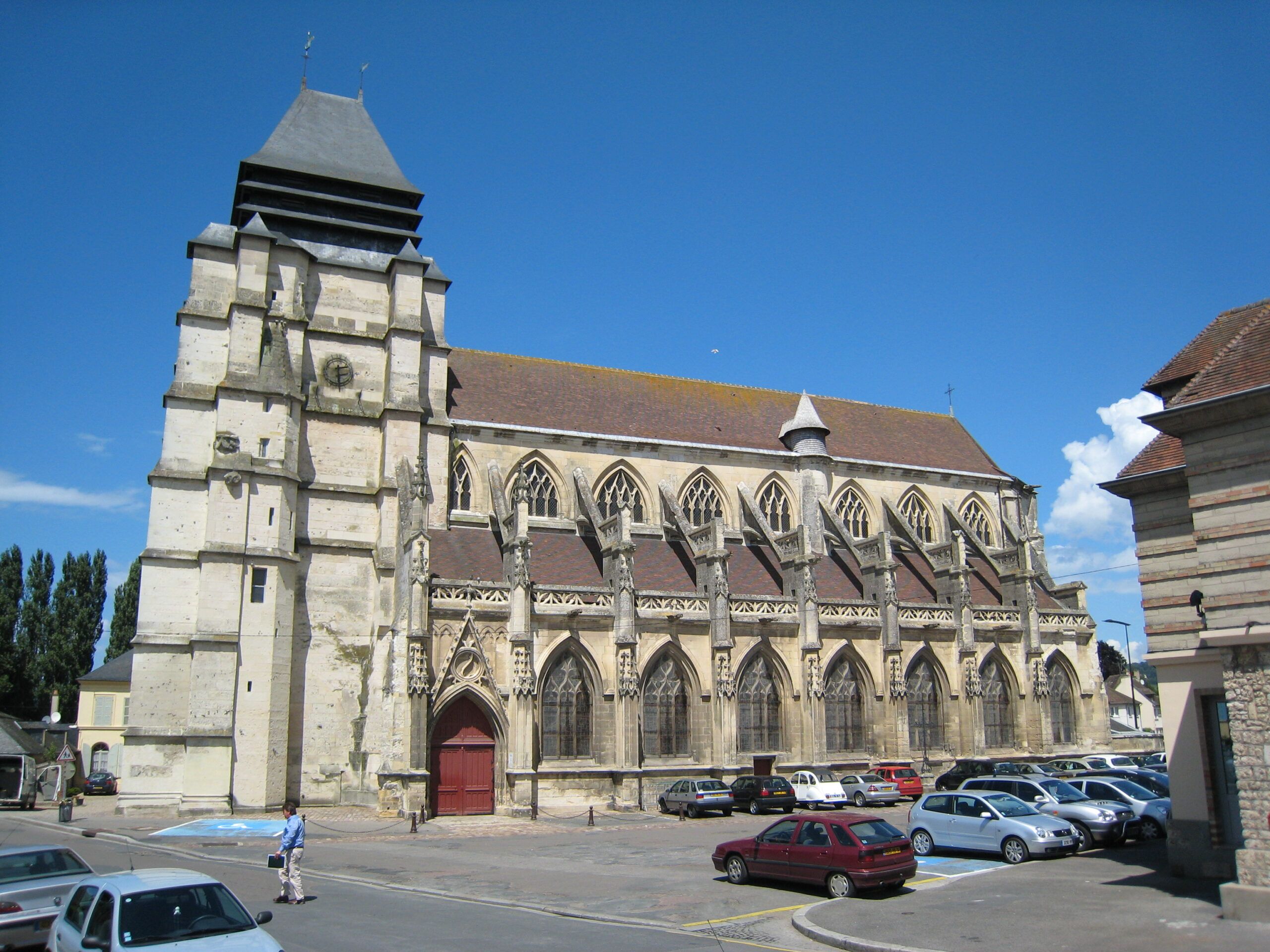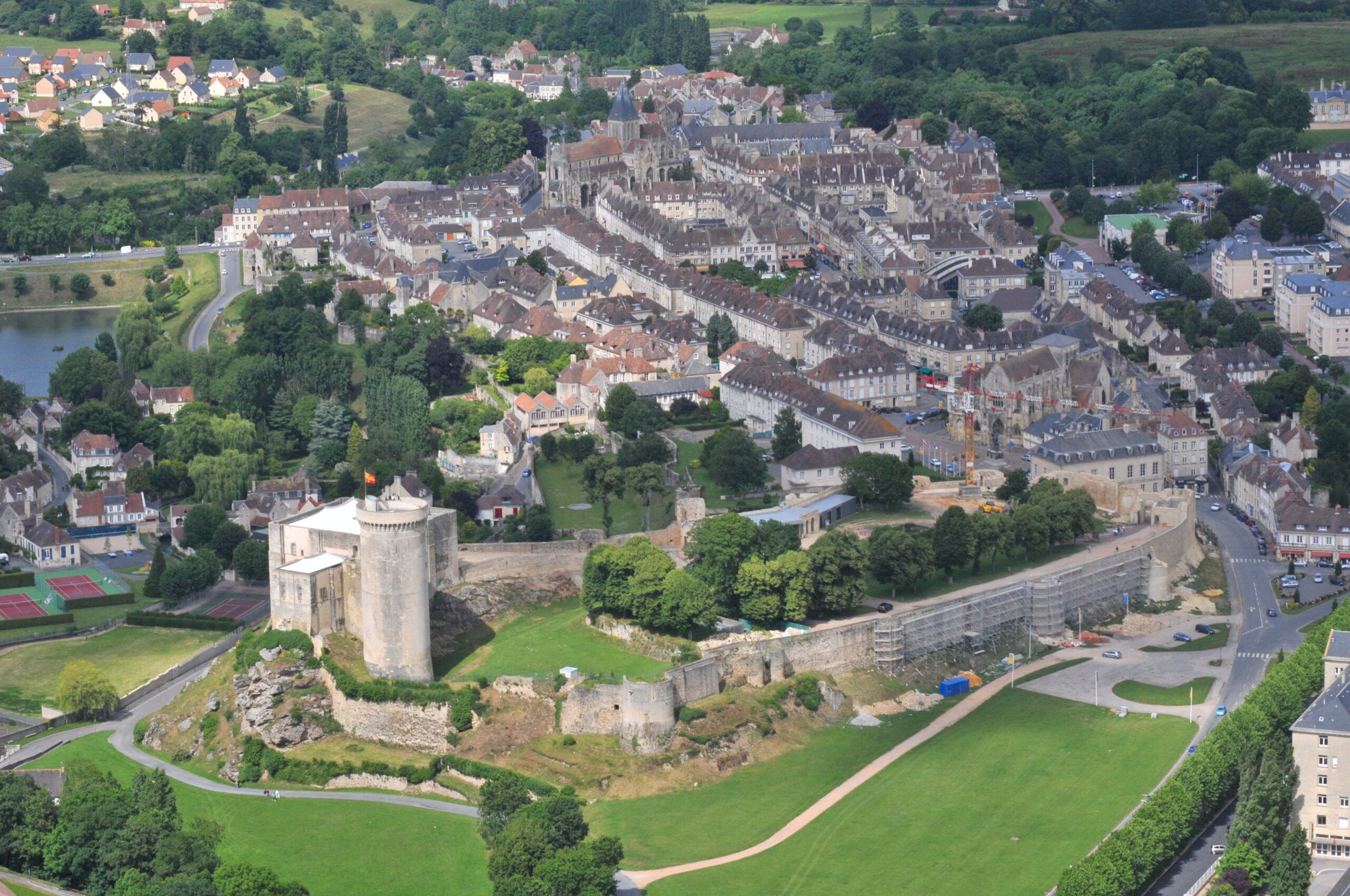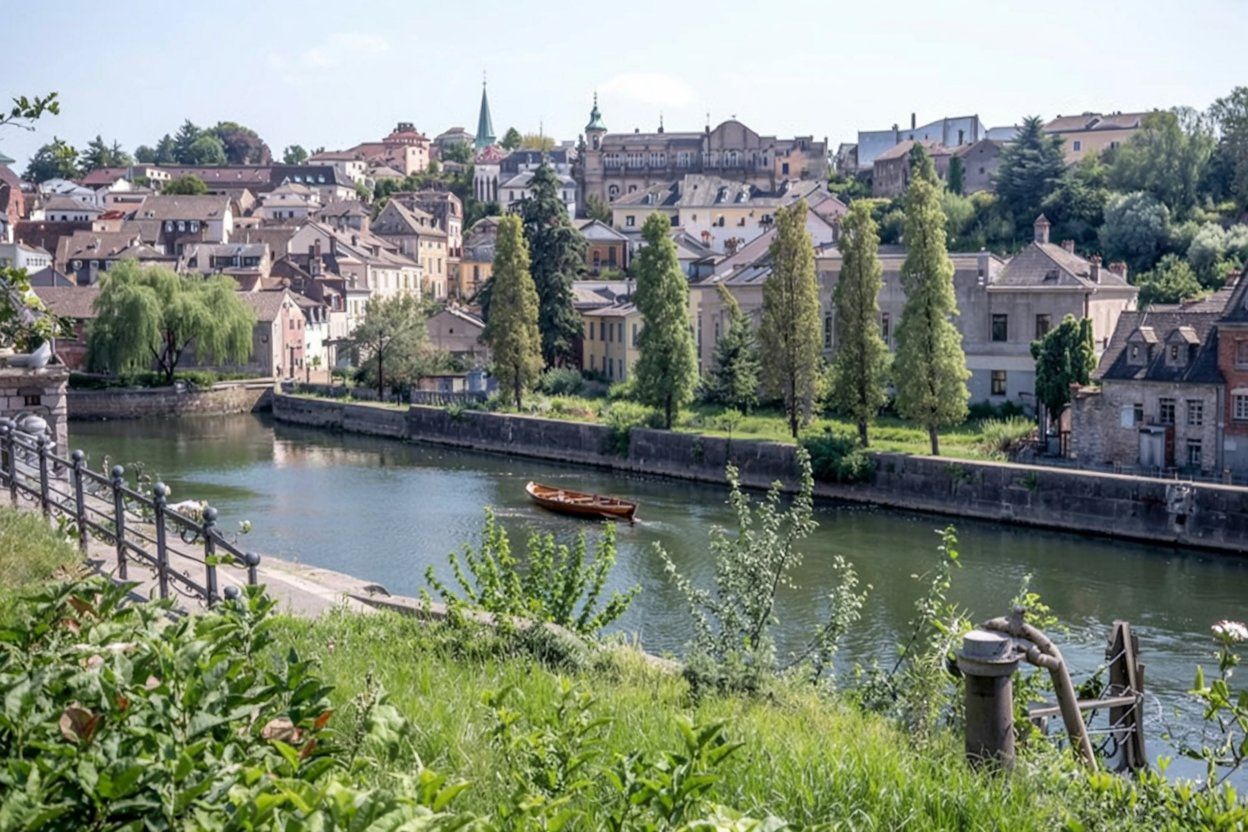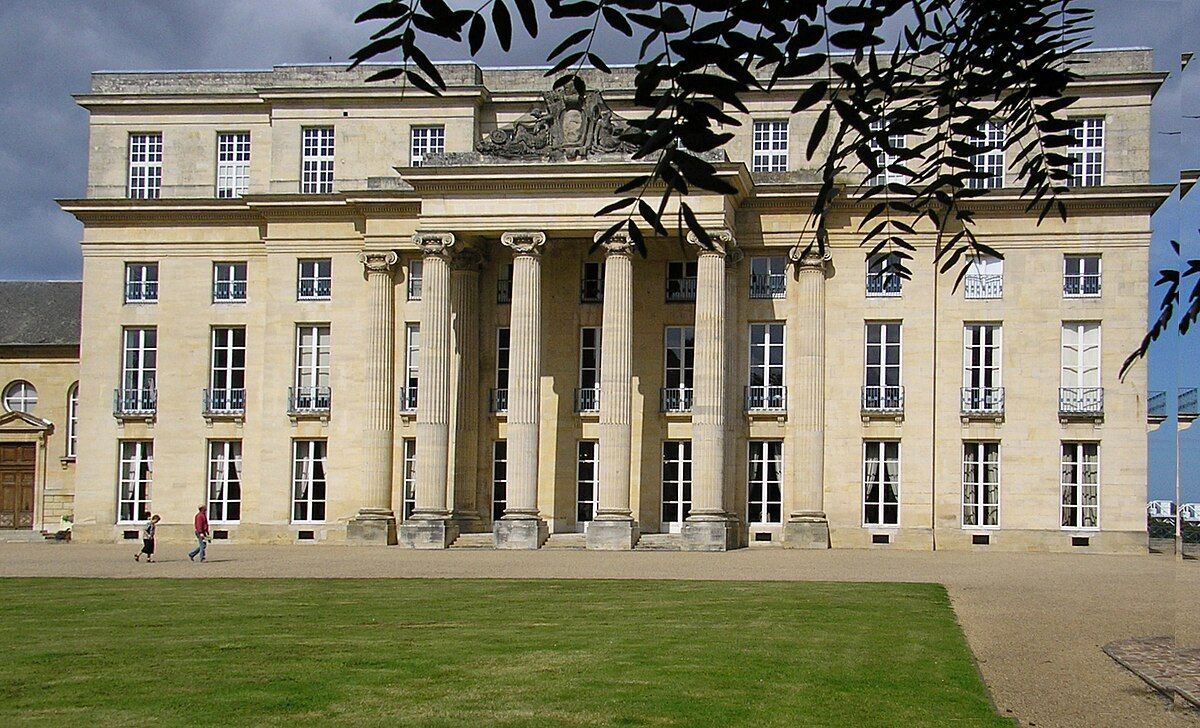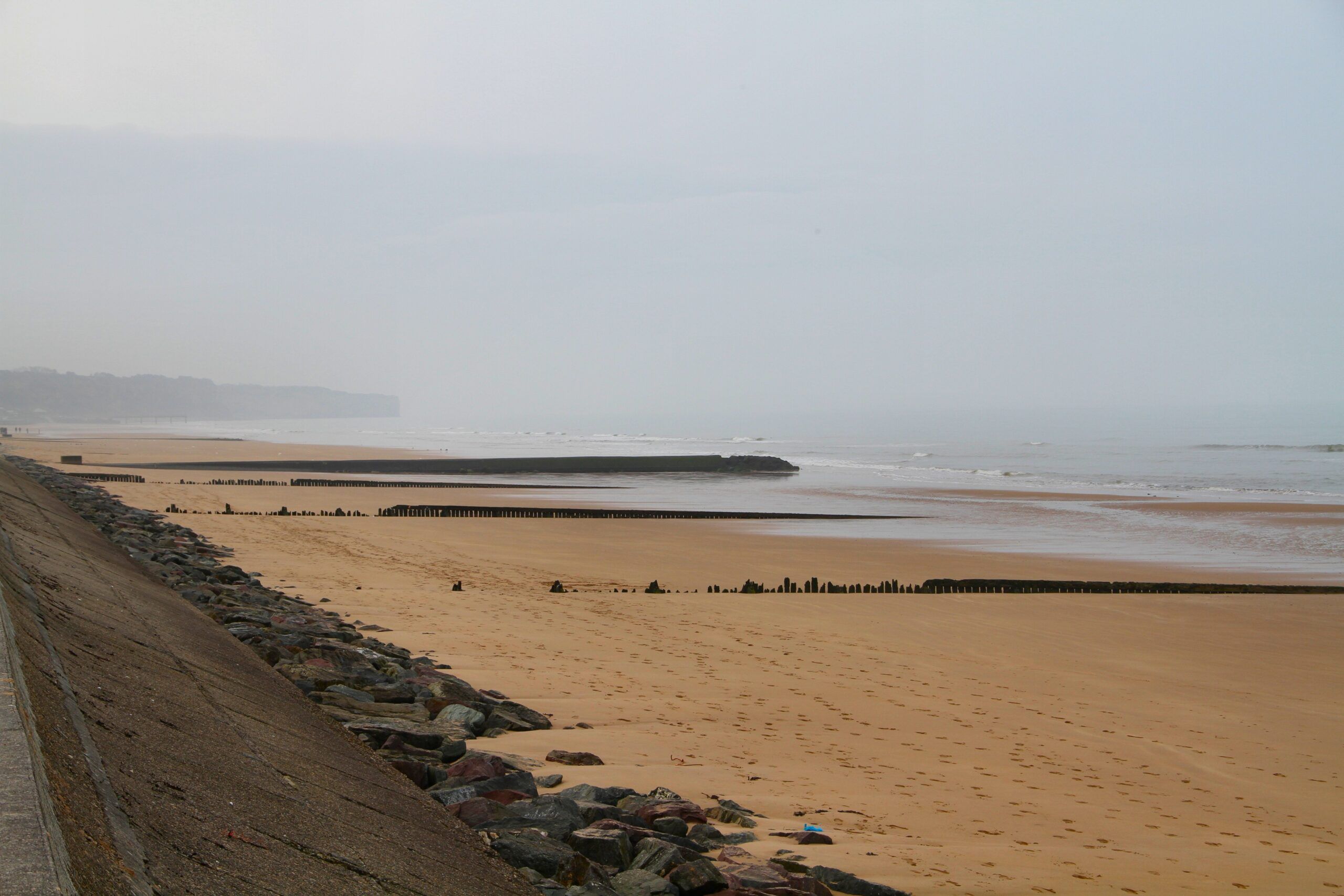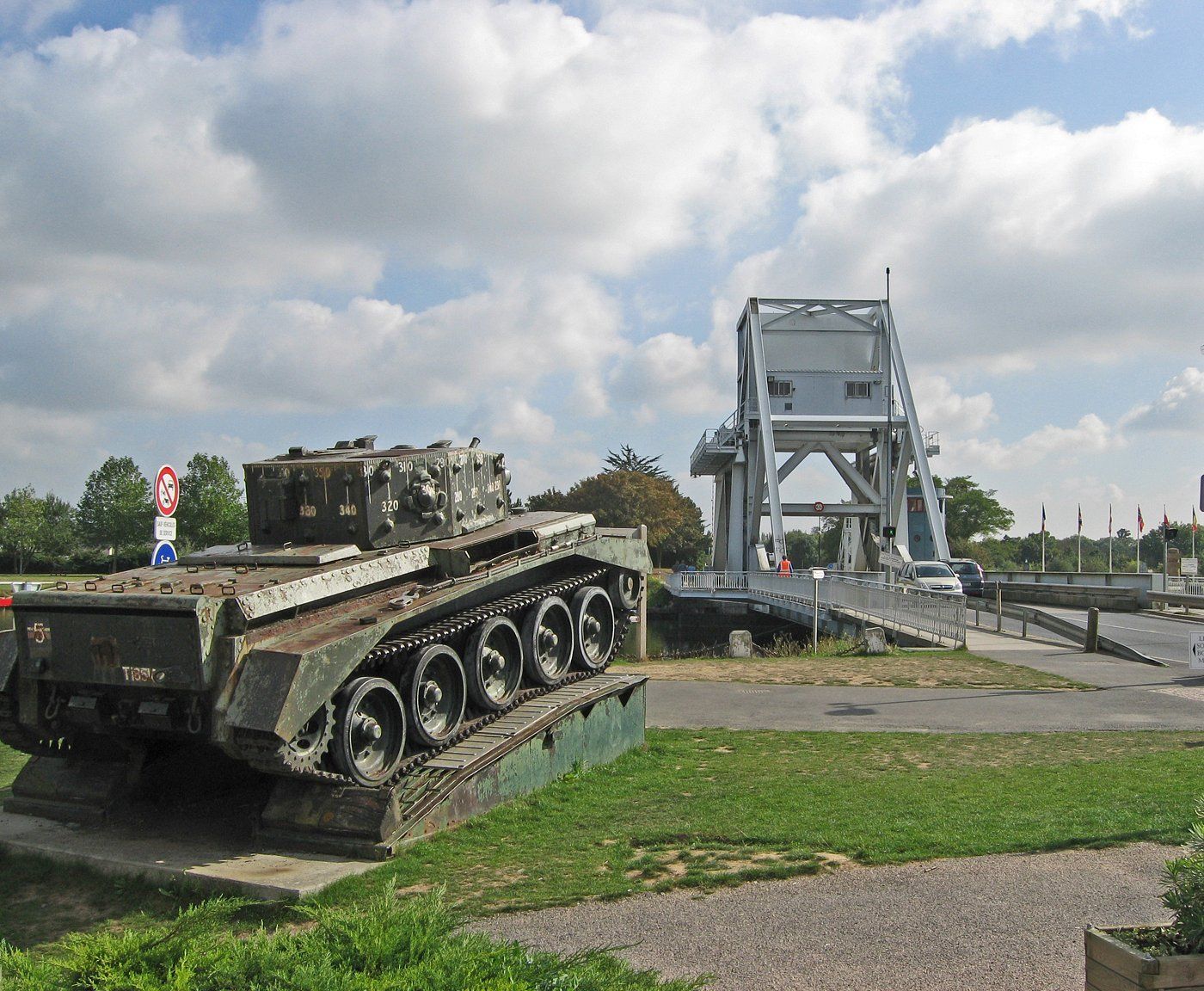Bénouville might look like just another small dot on the map, but its role in World War II is anything but minor. On June 6, 1944, this quiet French village suddenly became famous when British airborne troops stormed its bridge over the Caen Canal in a bold, risky operation. Today, you can actually walk across the renamed Pegasus Bridge—the very spot where Allied forces grabbed a crucial foothold during the D-Day landings of Operation Overlord.
The bridge, named after the British 6th Airborne Division’s winged horse emblem, stands as a symbol of military courage and sharp planning. But Bénouville isn’t just a historic crossing. The area’s museums are packed with stories and artifacts that pull you right into the drama of that pivotal day.
Visit Recommended D-Day historic hotels and B&Bs along the invasion beaches.
Normandy tourism has done a solid job keeping the region’s wartime heritage alive. Bénouville is a must for anyone who cares about D-Day history. You can walk where soldiers fought in 1944, and then, almost jarringly, find yourself surrounded by peaceful Norman countryside. The contrast hits hard—it’s the sort of place where history doesn’t feel distant at all.
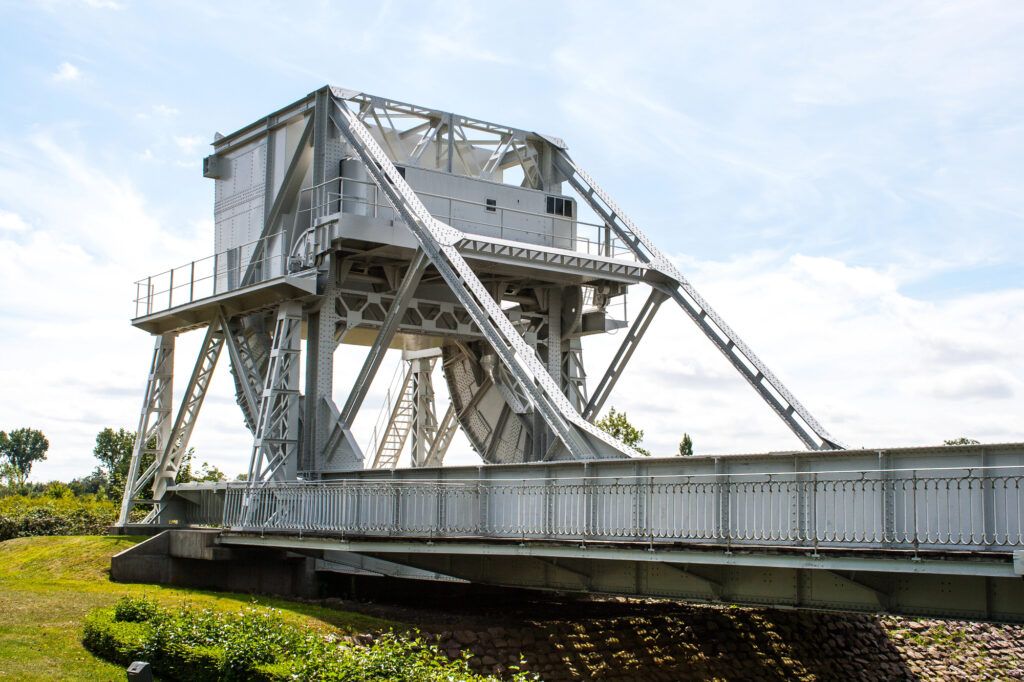
Historical Significance of Bénouville
Bénouville played a pivotal role in World War II as the backdrop for one of the first—and gutsiest—Allied moves during the D-Day invasion. This modest French town suddenly found itself at the center of a high-stakes operation that helped secure the eastern flank of the Normandy landings.
Bénouville on D-Day
In the earliest hours of June 6, 1944, Bénouville became ground zero for Operation Overlord. At around 12:15 am (British Double Summer Time), the village saw the first real battle of the Allied invasion. While thousands of ships crept toward Normandy’s coast, British airborne forces hit Bénouville fast and hard.
The town’s spot between the Orne River and canal made it a prime objective. German troops had fortified the place with pillboxes and other defenses to guard these vital water crossings.
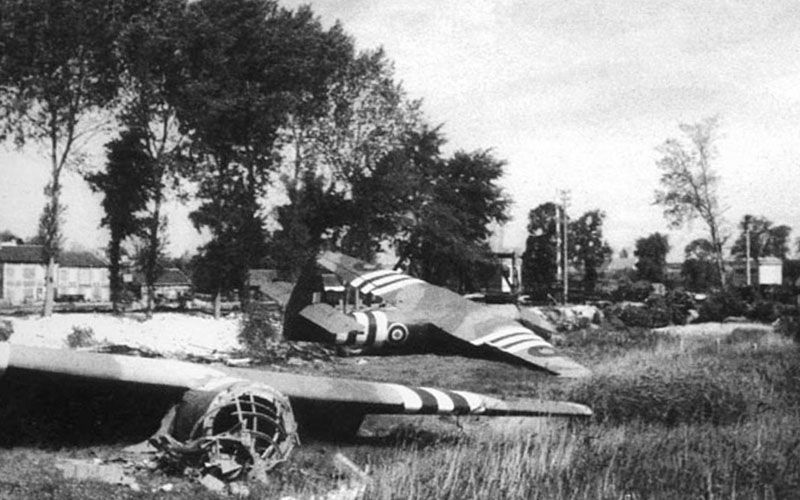
British 6th Airborne Division troops, packed into gliders, landed with orders to seize the bridges intact. They pulled off a surprise nighttime assault, catching the German defenders off guard and grabbing control of this key transportation link.
Pegasus Bridge and the Airborne Assault
The Bénouville bridge (later Pegasus Bridge) became the target of one of history’s most precise military strikes. British glider pilots somehow landed within yards of their objective, in the dark, under threat, and still managed to pull it off.
Major John Howard led the 2nd Battalion Oxfordshire and Buckinghamshire Light Infantry. Their Horsa gliders touched down at 16 minutes past midnight—total surprise. Within minutes, they had the bridge, and casualties were surprisingly light.
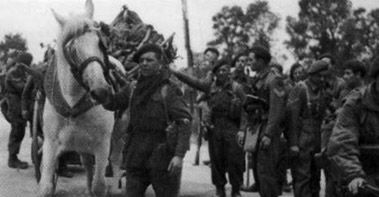
They renamed the bridge “Pegasus” after the shoulder emblem of the British Airborne Forces—the winged horse. This lightning assault blocked German reinforcements from reaching the landing beaches and let Allied troops push inland faster.
The original bridge now sits in the nearby Pegasus Memorial Museum, while a modern lookalike spans the canal today.
Role of the Orne River and Canal
The Orne River and its canal cut straight through the Normandy battlefield, creating natural barriers. Holding these waterways was absolutely vital for the Allies on D-Day.
The bridges at Bénouville were the only way across for miles. If destroyed, Allied troops landing at Sword Beach would have been cut off from the paratroopers east of the Orne. If the Germans held them, they could’ve rushed reinforcements at the worst possible moment.
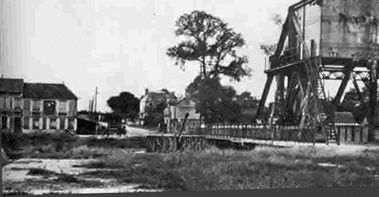
British forces used the captured bridges to move a Centaur tank and more troops inland on D-Day. These crossings shielded the entire invasion’s eastern edge.
Bénouville was officially liberated on June 6—one of the first French towns to shake off German occupation during the Battle of Normandy.
Bénouville and the Normandy Landings
Bénouville’s role in D-Day was absolutely central. The village’s bridge became a make-or-break objective in the opening hours of the invasion.
Strategic Importance in Operation Overlord
The Bénouville Bridge (now Pegasus Bridge) was key to Operation Overlord. British 6th Airborne Division troops stormed and held it in the first hours of D-Day, stopping German forces from sending reinforcements toward the beaches.
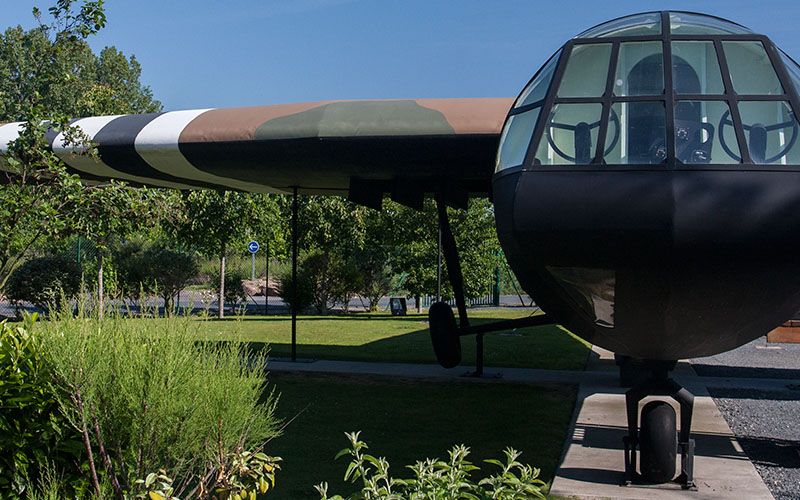
The bridge spans the Caen Canal, tying together the invasion’s eastern flank. British glider troops, led by Major John Howard, landed nearby just after midnight, catching the German guards completely off guard. Their landing and rapid action made this one of D-Day’s early standouts.
British troops held the bridge through several German counterattacks, protecting the left flank of the whole operation and boxing in German forces between the Orne and the sea.
Nearby Normandy Beaches
Bénouville sits a little inland from the actual landing beaches. Sword Beach—the closest, where British troops landed—is only about 5 miles away.
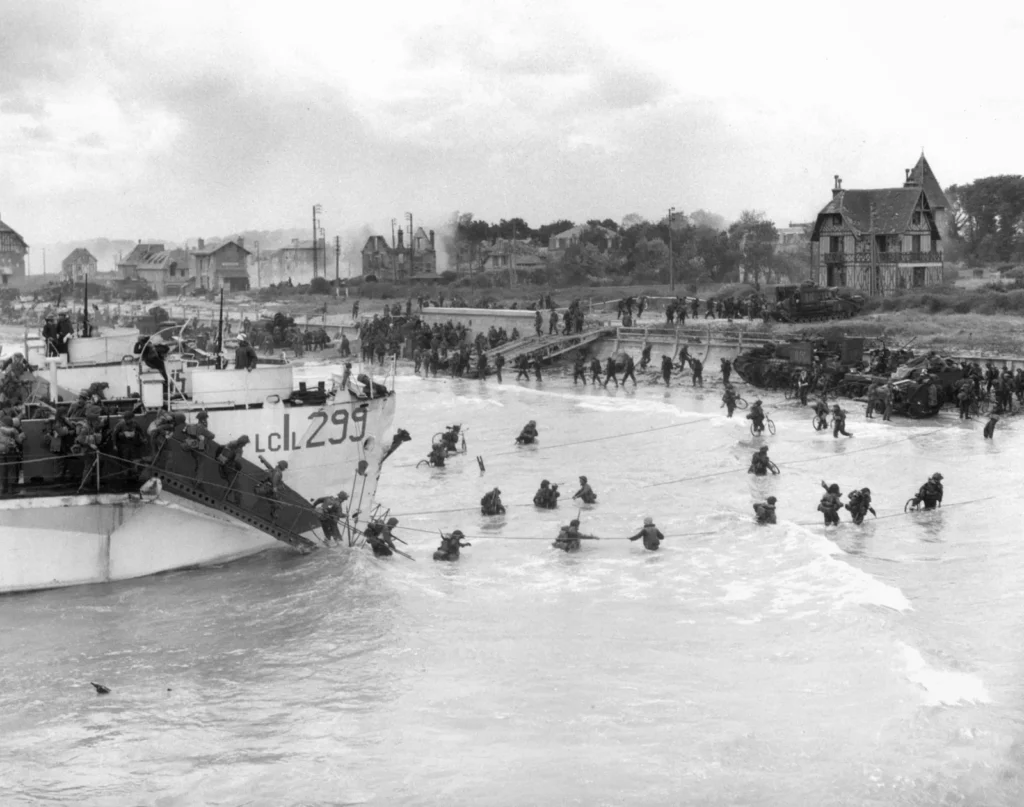
The D-Day landings hit five main beaches:
- Utah Beach – American sector (westernmost)
- Omaha Beach – American sector
- Gold Beach – British sector
- Juno Beach – Canadian sector
- Sword Beach – British sector (easternmost)
Each beach saw different levels of chaos. Omaha had the worst casualties, while Utah was a bit less deadly. The airborne attacks at Bénouville helped keep the eastern flank of these beachheads secure.
All these beaches are within a day’s drive from Bénouville, making it a solid launchpad for D-Day exploring.
Key Battles and Liberation
The fight for Bénouville started with the bridge grab and kept going for days. The Germans knew how important the bridge was and hit back hard on June 6 and 7.
Lord Lovat’s commandos arrived from Sword Beach around midday on D-Day, reinforcing the airborne troops at the bridge—bagpipes and all. That famous arrival boosted everyone’s spirits and locked in the Allied position.
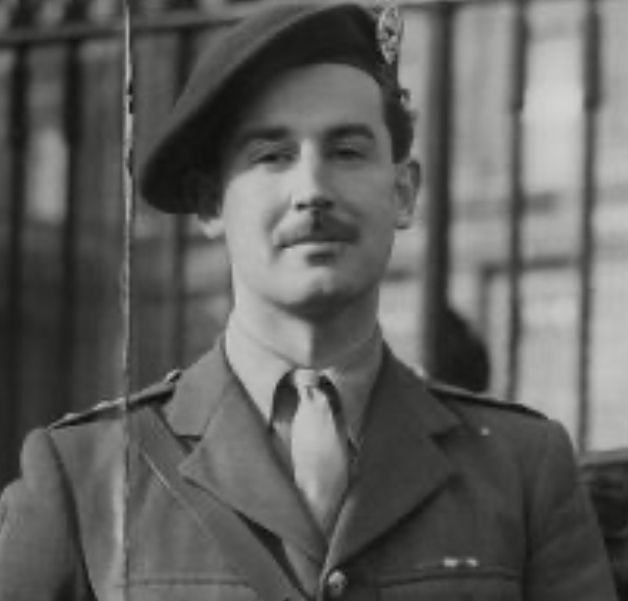
The battle for Normandy raged long after D-Day. Bénouville was secured early, but nearby Caen didn’t fall until late July. The French Resistance played a big part, feeding Allied commanders key info and helping them avoid German traps.
Must-Visit D-Day Sites Near Bénouville
Bénouville is surrounded by D-Day locations that piece together the Allied invasion’s story. Each site adds a layer to the bigger picture of what happened in Normandy.
Pegasus Bridge Museum
The Pegasus Bridge Museum sits right where British airborne forces landed on June 6, 1944. It’s the spot of one of D-Day’s first Allied wins. Inside, you’ll see the original bridge, renamed “Pegasus” after the airborne emblem.
Exhibits cover Operation Deadstick—think gliders, weapons, personal gear, the works. There are photos, maps, and videos that really help you get your bearings.
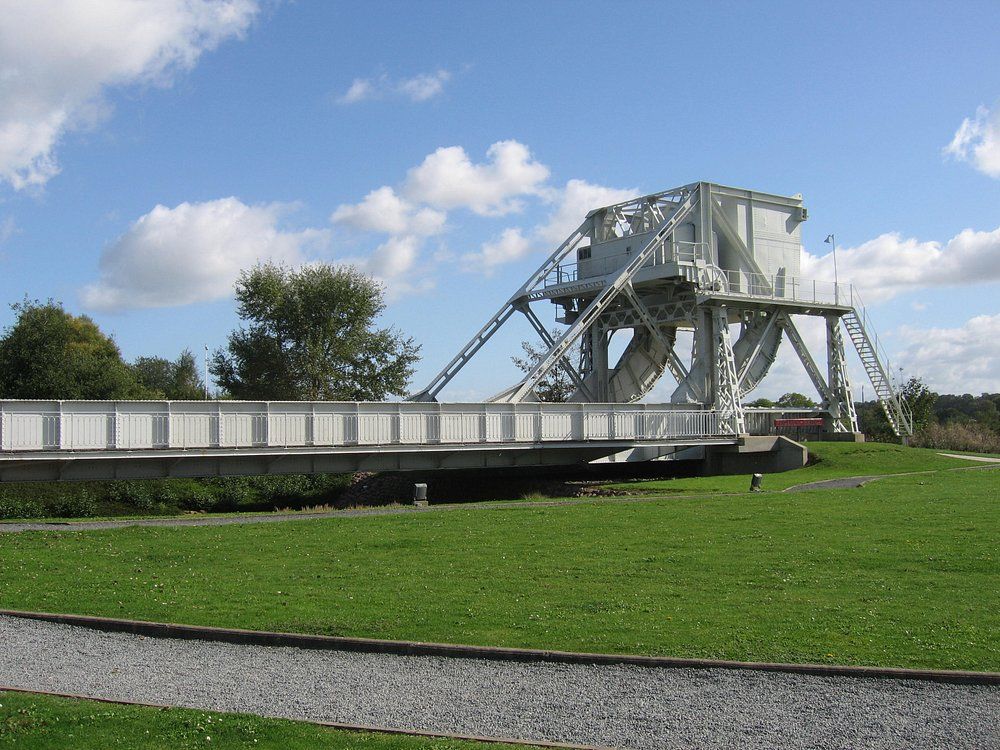
Café Gondrée, next door, claims to be the first building liberated on D-Day. It’s worth a coffee stop just to soak up the atmosphere.
Check opening times before you head over, as they change with the season. Give yourself at least 90 minutes to take it all in.
Ranville and Other Historical Locations
Ranville, only 2 km from Bénouville, was the first French village liberated on D-Day. The Ranville War Cemetery holds the graves of 2,235 Commonwealth soldiers, mostly from the 6th Airborne.
The village church doubled as a makeshift hospital during the battle, and inside you’ll find memorials to the paratroopers who fought there.
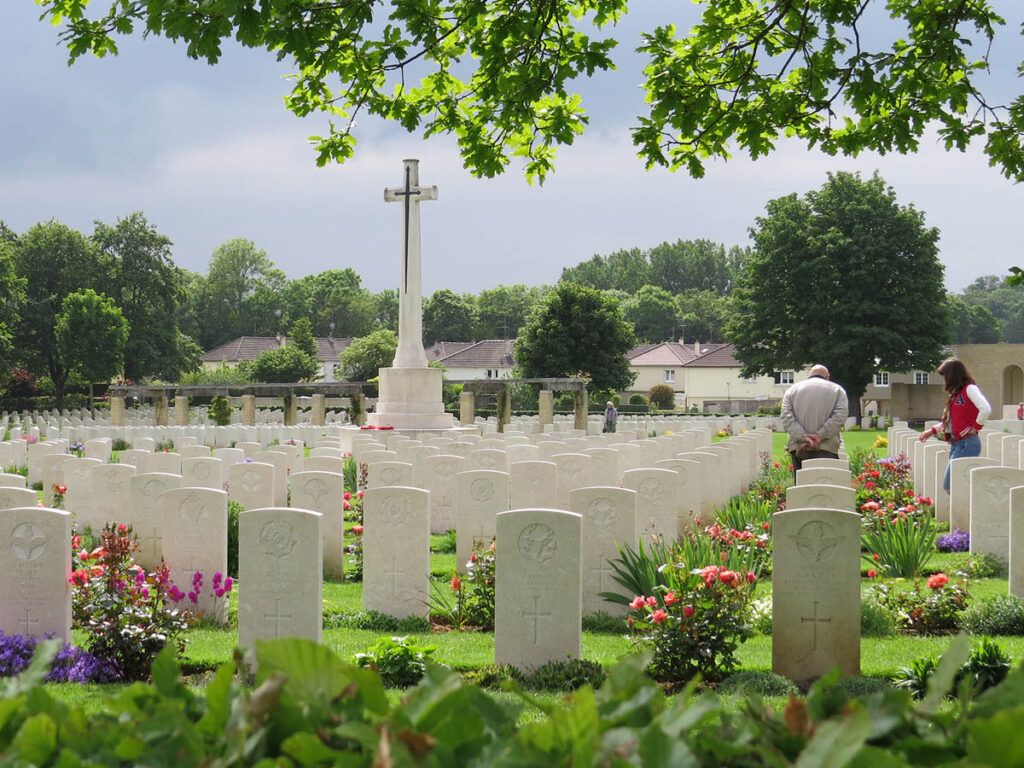
Nearby, Merville Battery is another can’t-miss. British troops took this German gun position against tough odds. Now you can walk the original bunkers and see the artillery up close.
Sword Beach is only 6 km away. It’s calm now, but monuments mark the invasion’s key spots.
For a different angle, the Hillman Bunker complex gives a sense of the German strongpoints that once controlled access to Sword Beach.
Normandy Memorials and Museums
Within a day’s drive, you can hit several major D-Day sites that really put the whole operation in context.
The Caen Memorial Museum is just 15 km away. It’s probably the most thorough World War II museum in Normandy, with exhibits on the war, occupation, resistance, and liberation—all told with powerful multimedia.
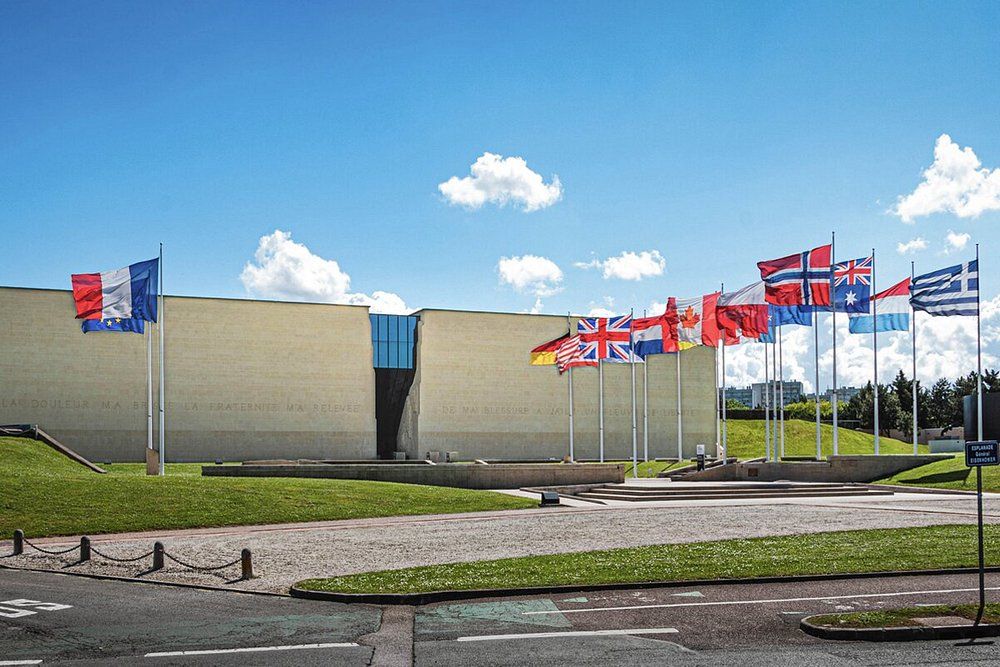
Head west and you’ll reach Arromanches, home to the remains of the artificial Mulberry Harbor. The 360° Cinema there gives you a sweeping view of the D-Day beaches with original footage.
The American Cemetery at Colleville-sur-Mer (about 40 km away) is sobering—9,388 white crosses and Stars of David, all overlooking Omaha Beach.
In Bayeux, check out both the D-Day Museum and the famous Bayeux Tapestry—a rare chance to see medieval and modern history overlap in one place.
Stay steps from Omaha Beach and historic landmarks. Best rates on local accommodations.
Modern Bénouville: Present-Day Visitor Experience
Bénouville today is a mix of historic weight and modern comfort. The town has found ways to honor its D-Day past without feeling like a museum itself, and it’s a comfortable spot for anyone interested in World War II history.
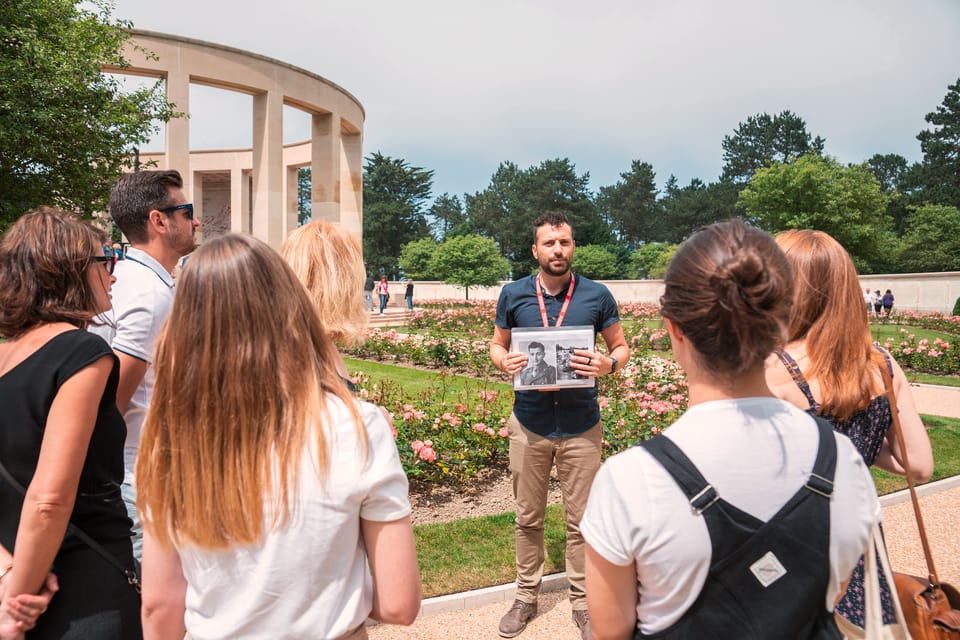
Guided Tours and Educational Opportunities
Plenty of guided tours help you dig into Bénouville’s past. Local guides run 2-3 hour walking tours that cover Pegasus Bridge and the surrounding area, sharing stories about Operation Deadstick and the British airborne troops.
If you want to go deeper, try booking with:
- D-Day Historian Tours (small groups, lots of detail)
- Normandy Battle Tours (includes rides from Caen)
- Pegasus Memorial Tours (accredited guides)
Self-guided tours are also an option—grab an audio tour or a map from the tourist office and explore at your own pace.
See available accommodations in Bénouville.
Many visitors pair Bénouville with a trip to the Airborne Museum in Sainte-Mère-Église, which is loaded with paratrooper exhibits.
Recommended D-Day Tours from Bayeux:
- From Bayeux: American D-Day Sites in Normandy Full-Day Tour
- From Bayeux: American D-Day Sites in Normandy Half-Day Tour
- From Bayeux: Half-Day Normandy WWII Sidecar Tour
- Full-Day US Battlefields of Normandy Tour from Bayeux
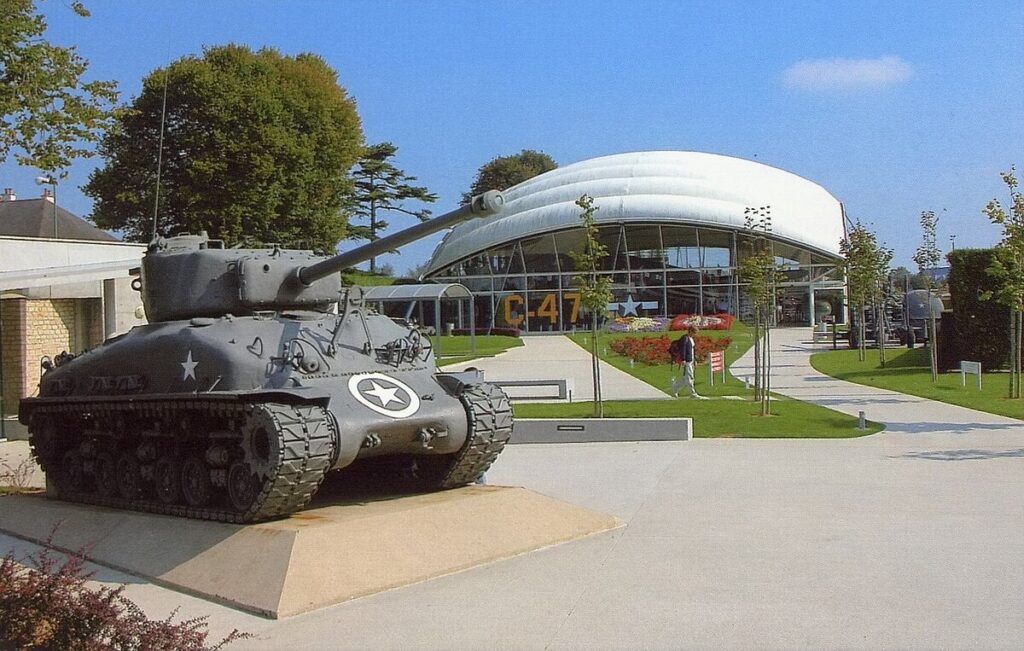
Local Accommodation and Dining
Bénouville has a few places to stay, depending on your budget:
| Type | Options | Price Range |
|---|---|---|
| Hotels | Hôtel du Canal (riverside views) | €€-€€€ |
| B&Bs | La Ferme des Épis (farm vibe) | €€ |
| Vacation Rentals | Cottages near Pegasus Bridge | €€-€€€ |
The restaurants here serve up Norman classics. Café Gondrée, the first house liberated on D-Day, is now a café and mini-museum. The food’s simple, but the setting is unbeatable for history buffs.
For dinner, Le Pégasus does traditional Norman fare, while La Marine focuses on seafood. Both places are packed with old photos and memorabilia.
See available accommodations in Bénouville.
Commemorative Events and Festivals
Bénouville hosts a handful of annual events to honor its World War II story:
D-Day Anniversary (June 6) brings ceremonies at Pegasus Bridge, with veterans, military folks, and plenty of locals. Get there early—it gets crowded.
The Pegasus Bridge Festival (early June) features reenactments, vintage vehicles, and family activities. Local guides often run special tours during festival week.
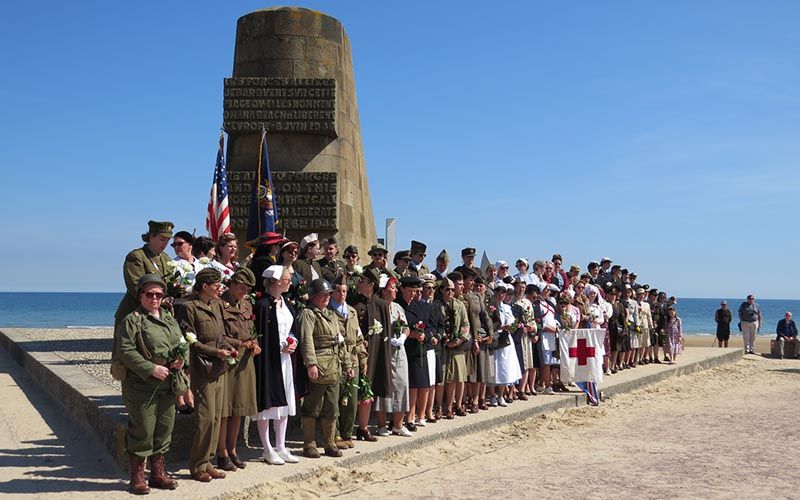
In September, the Liberation of Bénouville Weekend is more low-key, with torch-lit walks and memorial services.
Most events include presentations in several languages, so international visitors won’t feel left out. Dates can shift, so check with the tourist office before you go.
Find the perfect base for exploring Utah Beach, Pointe du Hoc, and beyond.
Exploring the Normandy Region from Bénouville
Bénouville makes a great base for seeing the rest of Normandy. Its location puts you within easy reach of historic towns and the coast.
Day Trips to Surrounding Historical Towns
Bayeux is an easy day trip—just 30 minutes by car. It’s home to the Bayeux Tapestry and the largest British WWII cemetery in France.
Caen is even closer (15 minutes) and has the Memorial de Caen museum, which covers World War II, D-Day, and the Battle of Normandy. The city itself still shows scars from the fierce fighting—about three-quarters of it was destroyed during the war.
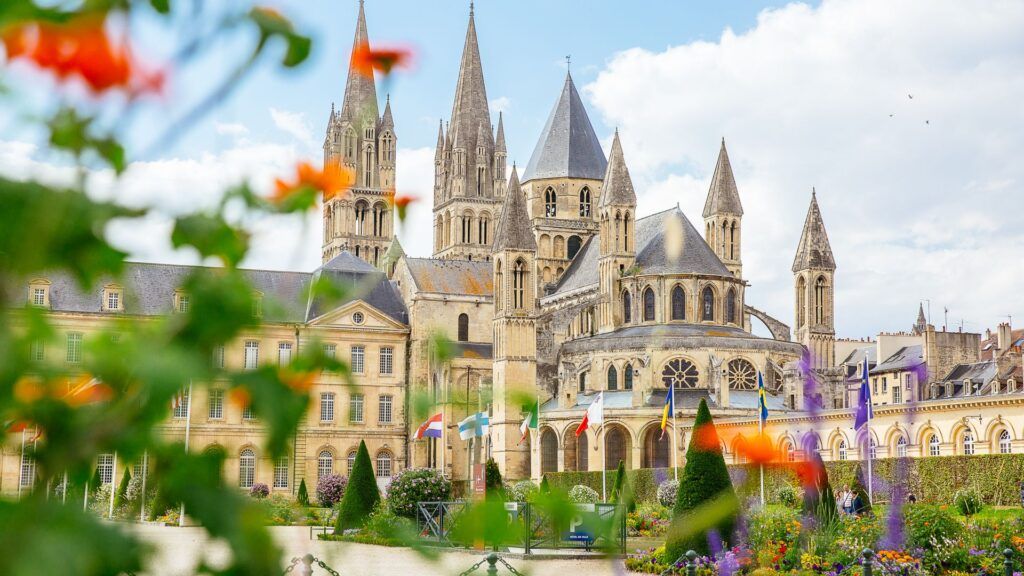
If you’re up for a longer drive (about 2 hours), Dieppe is worth a visit to see where the failed 1942 raid taught the Allies hard lessons ahead of D-Day.
Quick Reference for Day Trips:
See available accommodations in Bénouville.
Visiting the Normandy Coast
The Normandy beaches are a must if you’re in Bénouville. Sword Beach is closest—just 10 minutes away, where British troops landed.
Juno Beach, where the Canadians landed, is 20 minutes west. The Juno Beach Centre is fantastic for learning about Canada’s role.
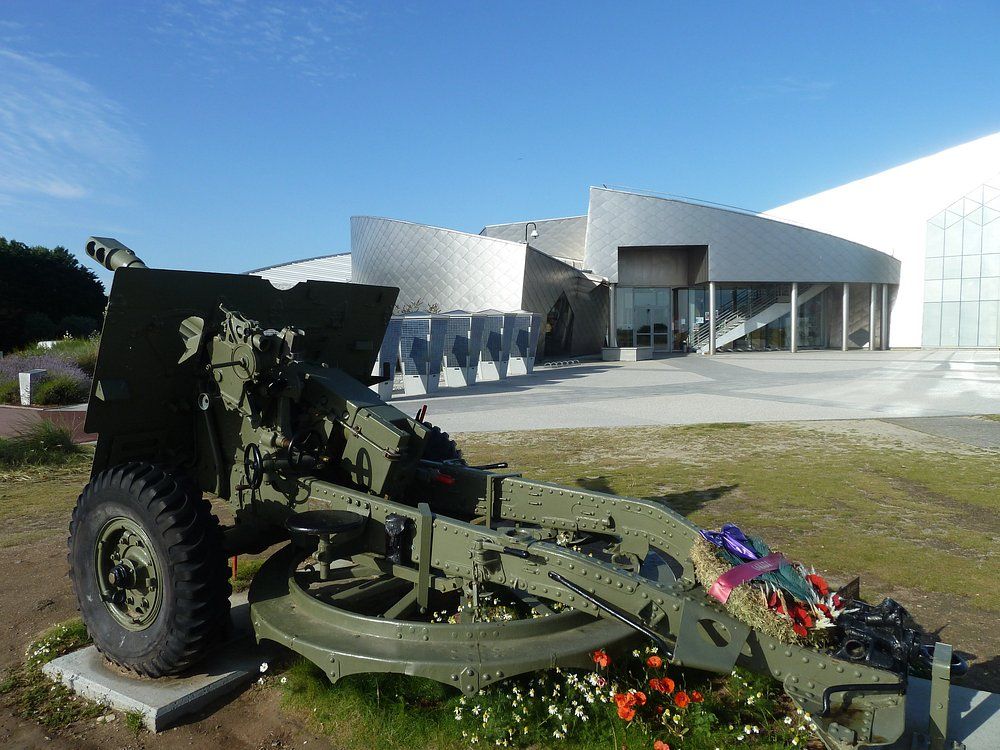
Omaha Beach, site of the bloodiest fighting, is about 45 minutes away. The American Cemetery there holds nearly 10,000 U.S. graves.
Check the tide charts when you visit. At low tide, you really get a sense of the huge open spaces soldiers had to cross under fire.
The coastal drive is beautiful, too, with fishing villages and dramatic cliffs if you need a break from the heavy history.
Find comfortable stays within moments of historic battlegrounds
Travel Planning and Visitor Tips
Planning a trip to Bénouville? A few practical tips will help you make the most of your visit. Weather, transport, and a feel for local customs can really shape your experience.
Best Times to Visit Bénouville
May to September is the sweet spot—mild weather and plenty of daylight for exploring. June is extra special with D-Day commemorations, especially around June 6 at Pegasus Bridge.
Spring (April-May) brings temps around 60°F (15°C) and blooming countryside, but you’ll want a rain jacket.
Summer (June-August) is warmer (70-75°F/21-24°C), with long days—perfect for outdoor sites. It’s busy, though, so book ahead.
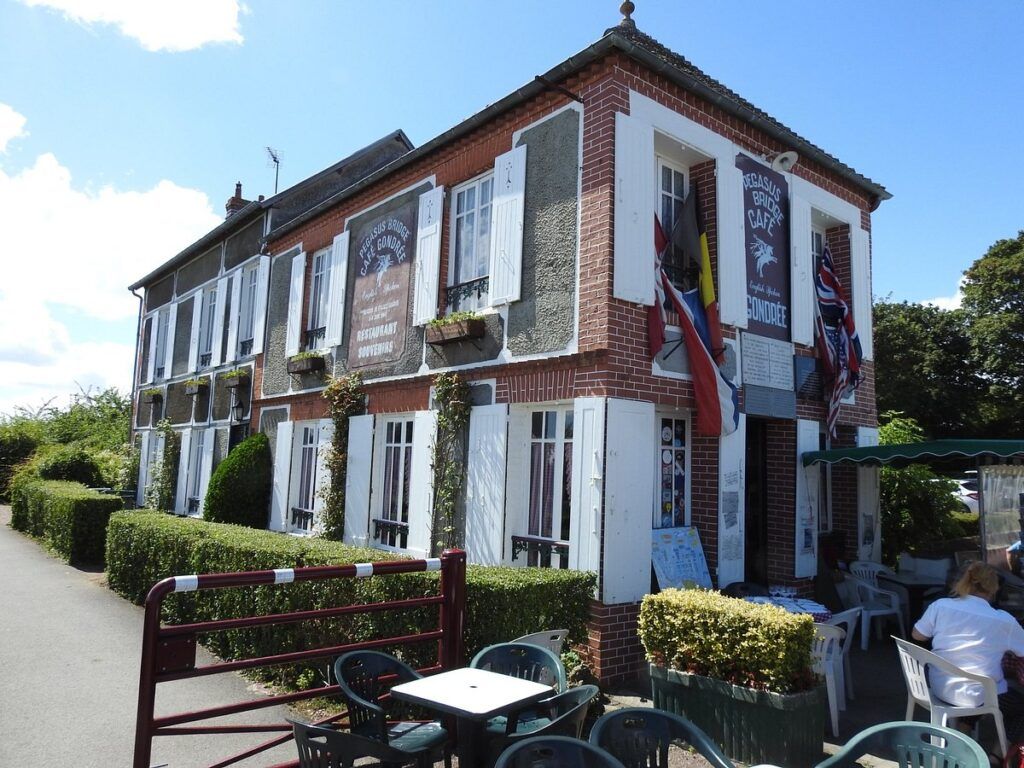
Fall (September-October) is quieter and still pleasant, making it easier to visit places like Pegasus Bridge Museum without the crowds.
Winter (November-March) is cold (about 45°F/7°C) and some attractions cut their hours, but if you like having sites all to yourself, it’s not a bad trade-off.
Transportation and Accessibility
Bénouville is easy to reach from nearby cities. The closest airport is Caen-Carpiquet (20 minutes), with Paris Charles de Gaulle about 2.5 hours by car.
Getting Around:
- Bus: Green Line 61 runs from Caen to Bénouville
- Train: Arrive at Caen station, then switch to bus or taxi
- Taxi: Available from Caen—best to pre-book
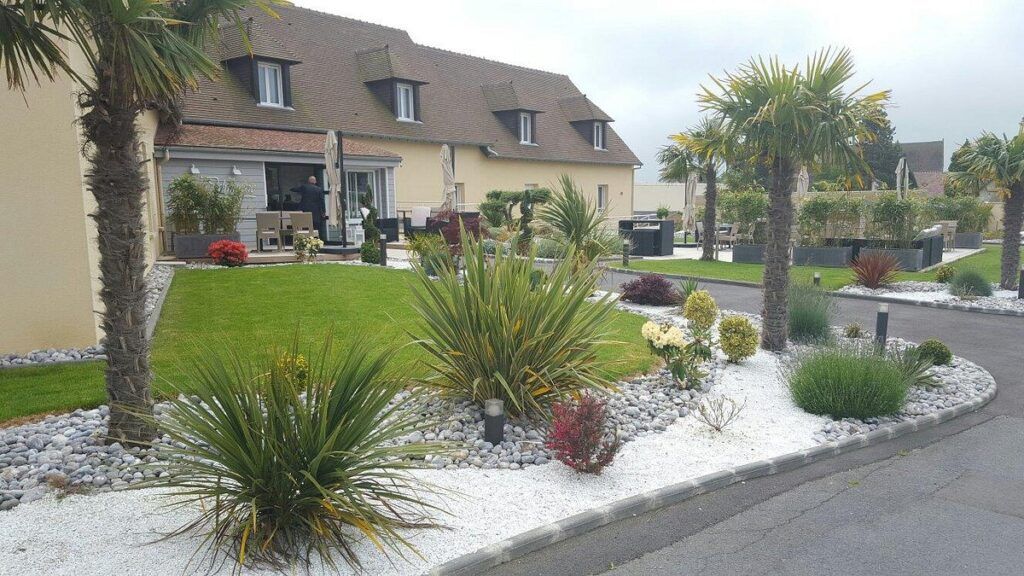
Renting a car gives you the most freedom for seeing Bénouville and the D-Day sites. Major rental companies are at airports and Caen’s train station.
Pegasus Bridge and the museum are wheelchair accessible, with ramps and elevators. Most paths are paved, but some coastal areas can be tricky for those with limited mobility.
Parking is available near the Pegasus Bridge Museum, but it fills up fast in summer and on anniversary dates—arrive early if you can.
Local Cultural Etiquette
People in Normandy take their D-Day history seriously. At memorials and cemeteries, keep things quiet and respectful. Photos are usually okay, but don’t be disruptive.
Throwing out a simple “Bonjour” or “Merci” goes a long way with locals. Even if your French is rusty, they appreciate the effort.
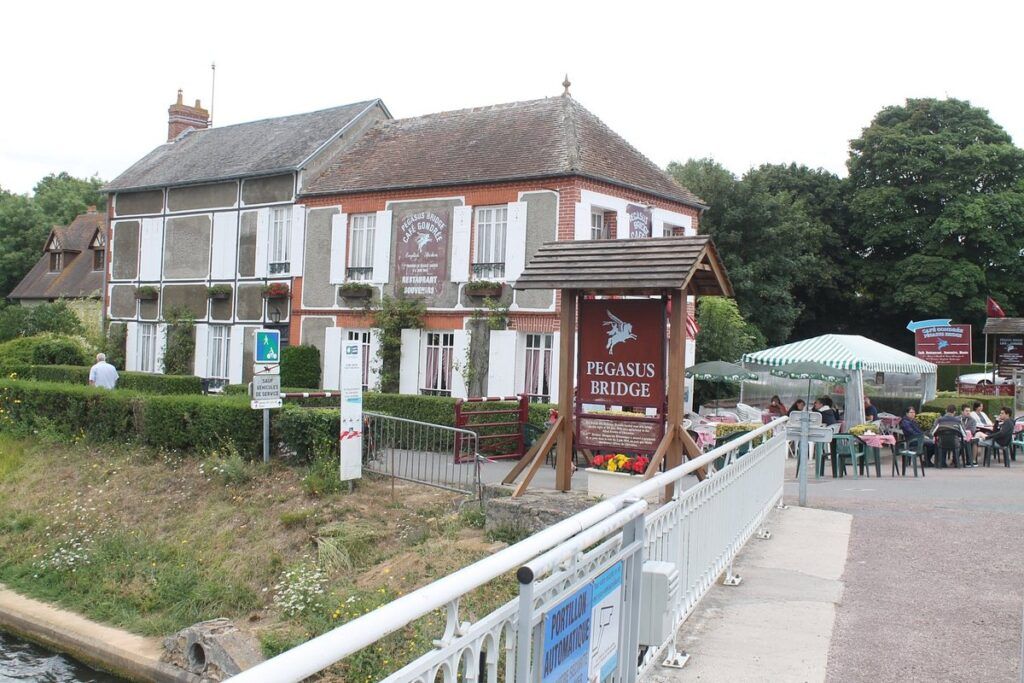
Meals in France are meant to be enjoyed, not rushed. Service might feel slow if you’re used to a faster pace—just relax and go with it.
Tipping isn’t required (service is included), but rounding up or leaving a few euros for great service is always nice.
Shops often close for lunch (12-2pm), and many are shut on Sundays—plan accordingly.
Legacy of World War II in Bénouville
Bénouville’s place in D-Day history is hard to overstate. The Pegasus Bridge operation still shapes the village’s identity, and you’ll see reminders everywhere—from memorials to local traditions.
Commemoration and Preservation Efforts
The Pegasus Bridge is the heart of Bénouville’s preservation work. The original bridge, replaced in 1994, now sits in the Pegasus Memorial Museum, surrounded by artifacts, photos, and detailed exhibits about the operation.
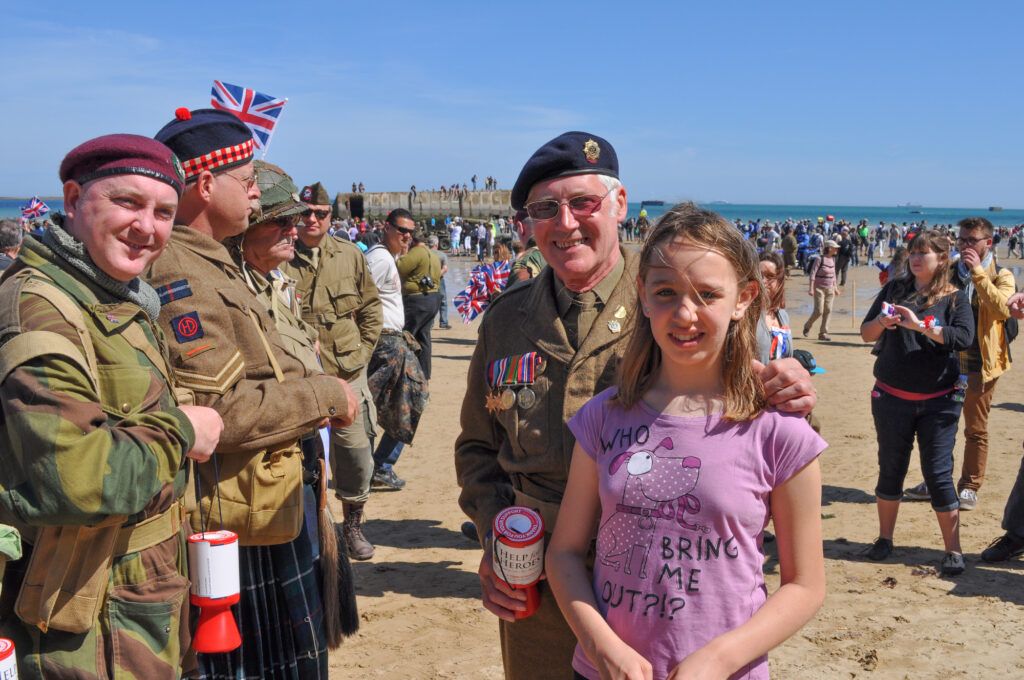
Every June 6, Bénouville hosts ceremonies to honor those who fought for liberation. The 75th anniversary in 2019 brought military displays, reenactments, and huge crowds.
Monuments dot the village, including one at the exact spot where the first glider landed, just steps from the bridge. Plaques honor both Allied soldiers and local French Resistance members who played their part.
Influence on French and European History
The capture of Pegasus Bridge was one of the first Allied victories on D-Day. It lifted French spirits after years of occupation and helped turn the tide of the war.
Bénouville’s story also tightened the bond between France and Britain. The village even has sister city ties with British towns where glider troops trained.
Military academies still study the bridge operation as a textbook example of special operations done right. Its tactics have shaped modern training around the world.
For locals, the legacy lives on through school programs and family stories about life under occupation and that wild night when Allied troops arrived. It’s not just history here—it’s part of daily life.
From beachfront hotels to authentic French countryside stays. No booking fees.

